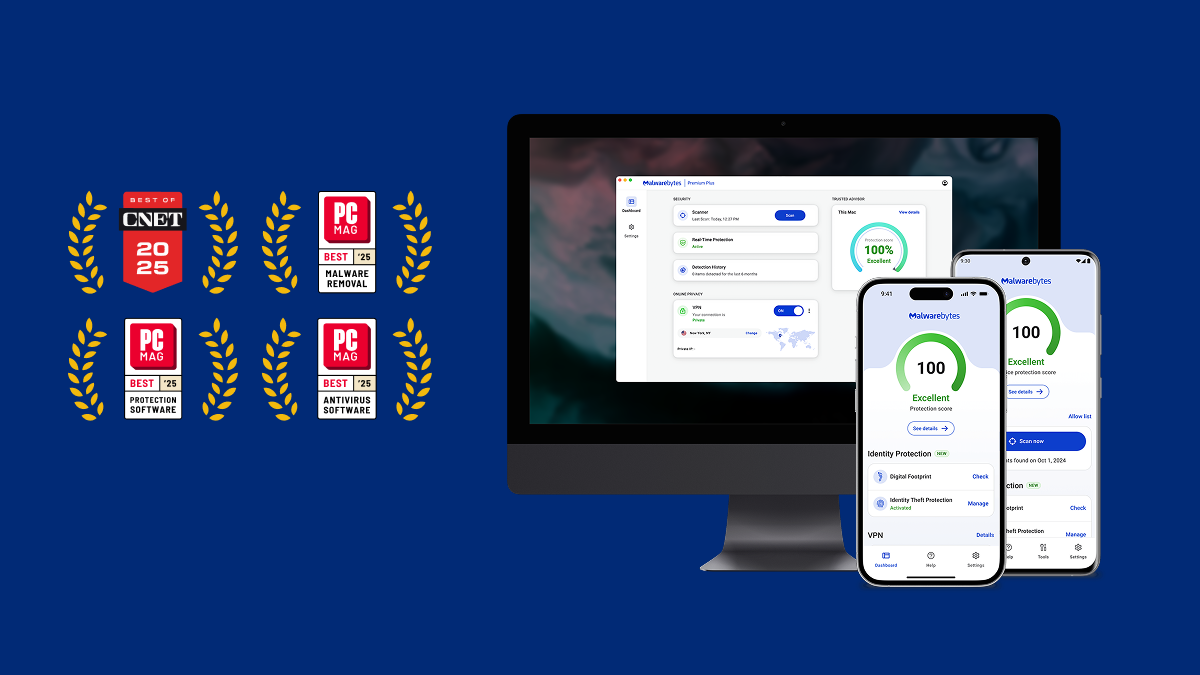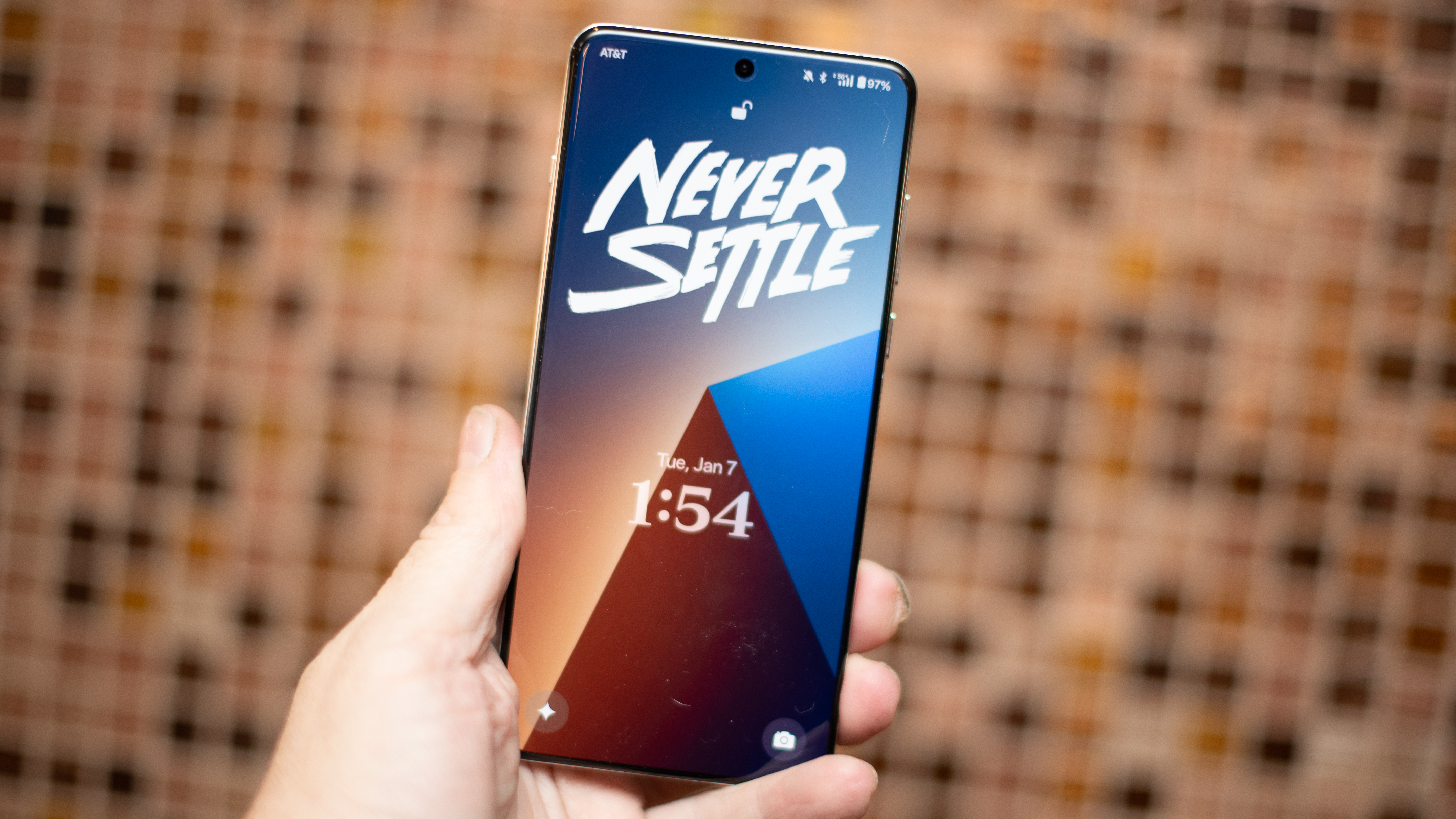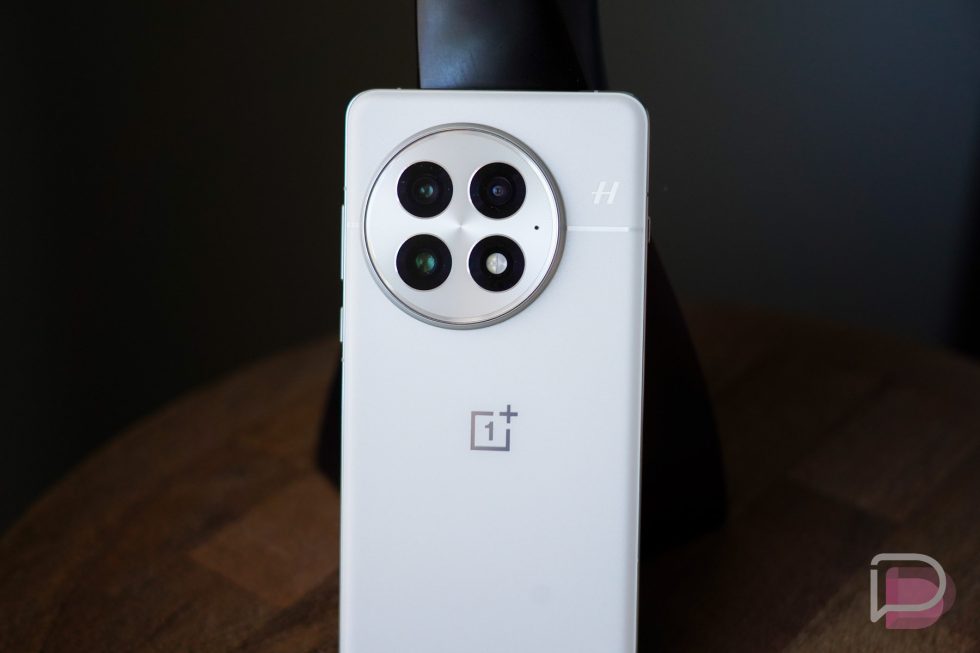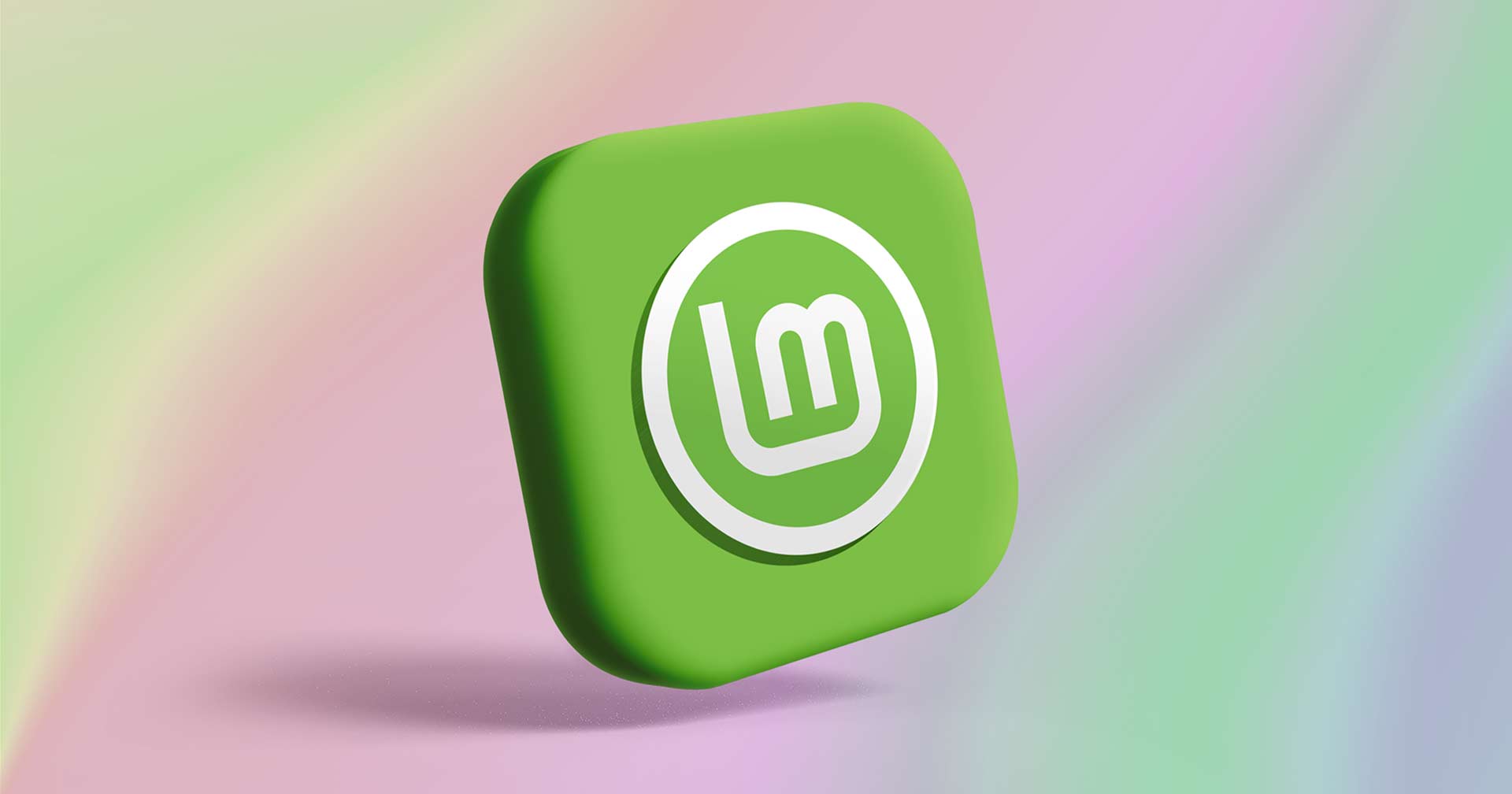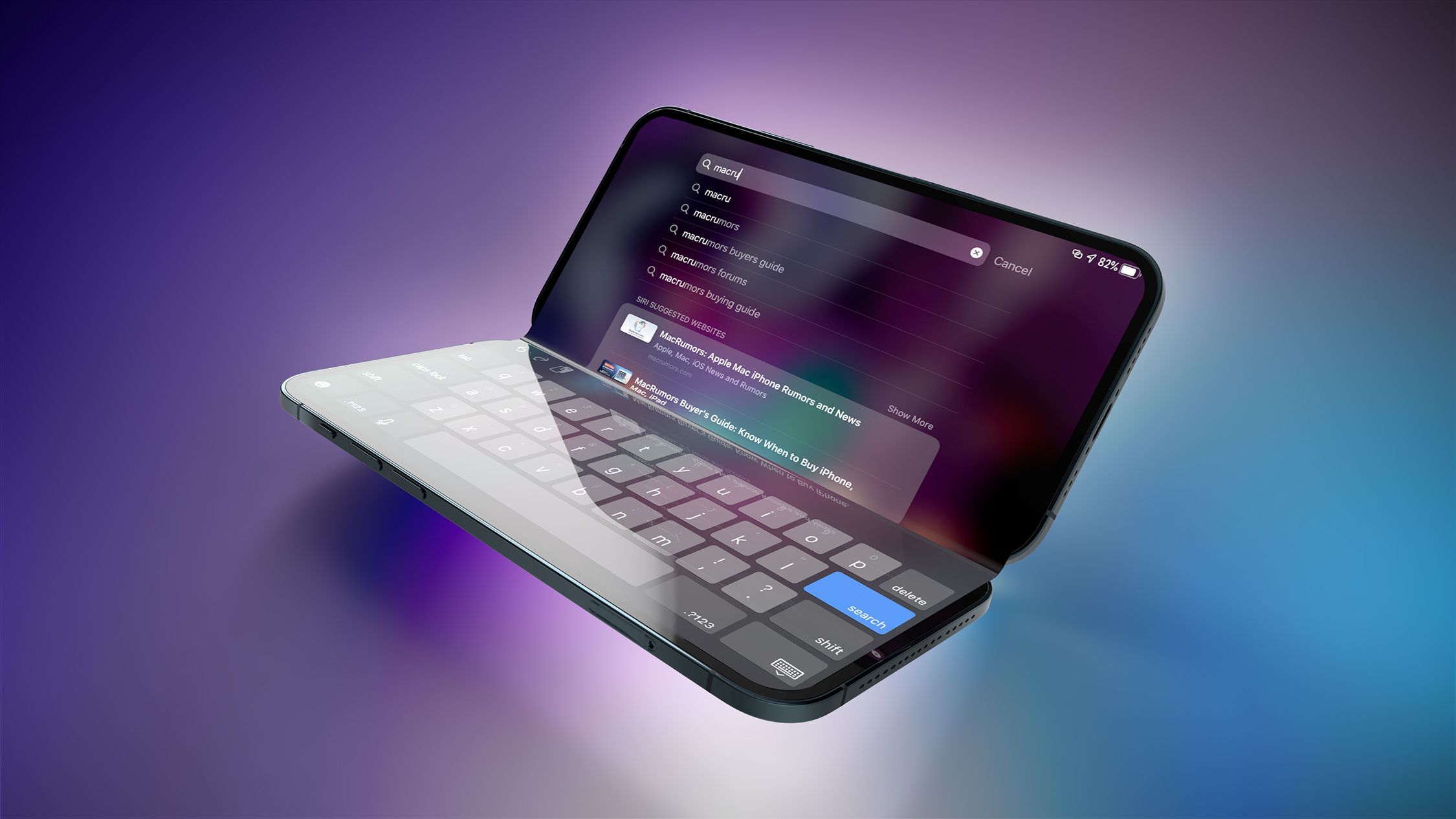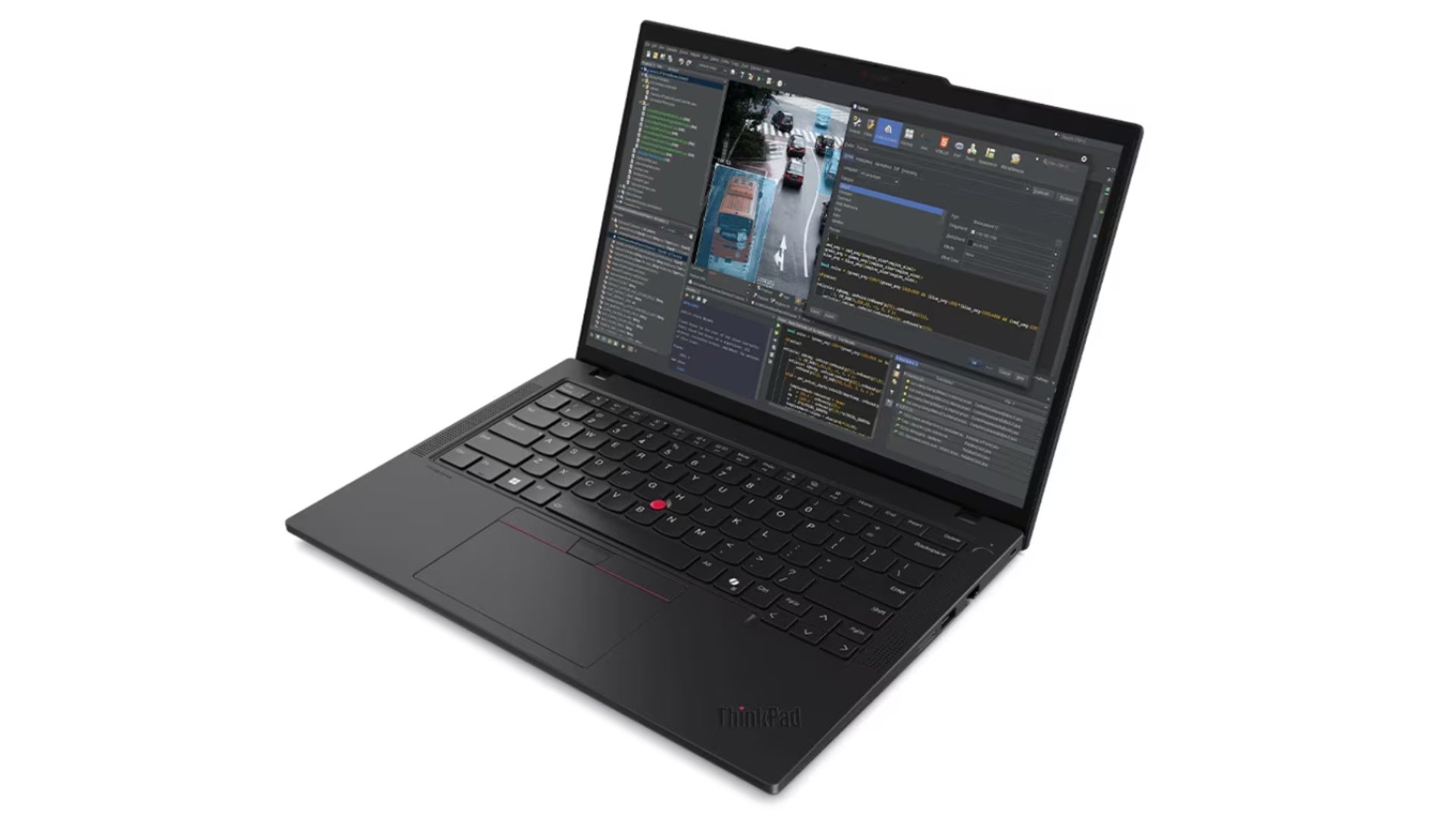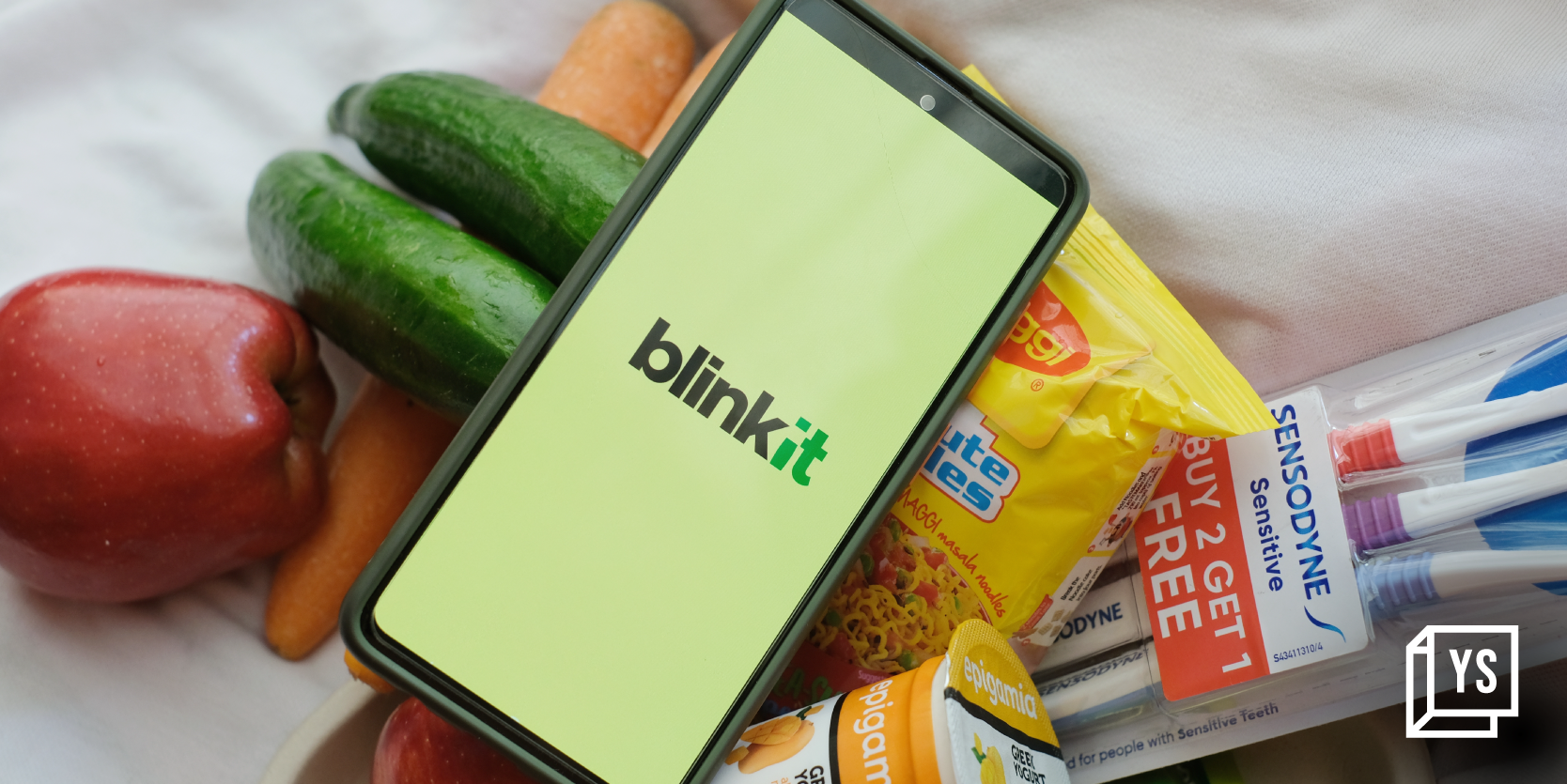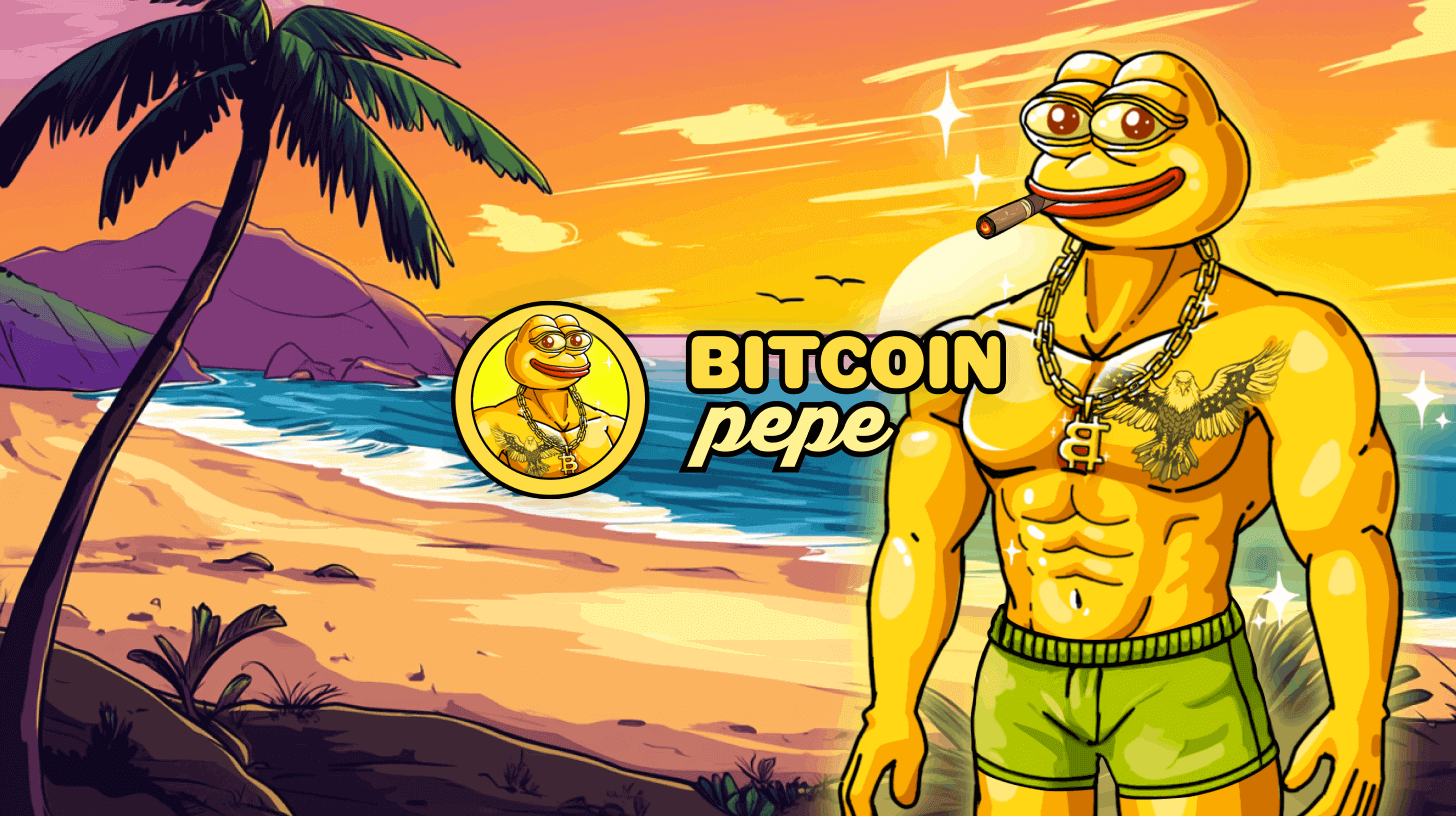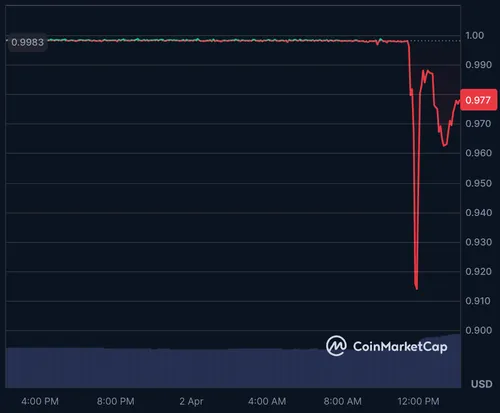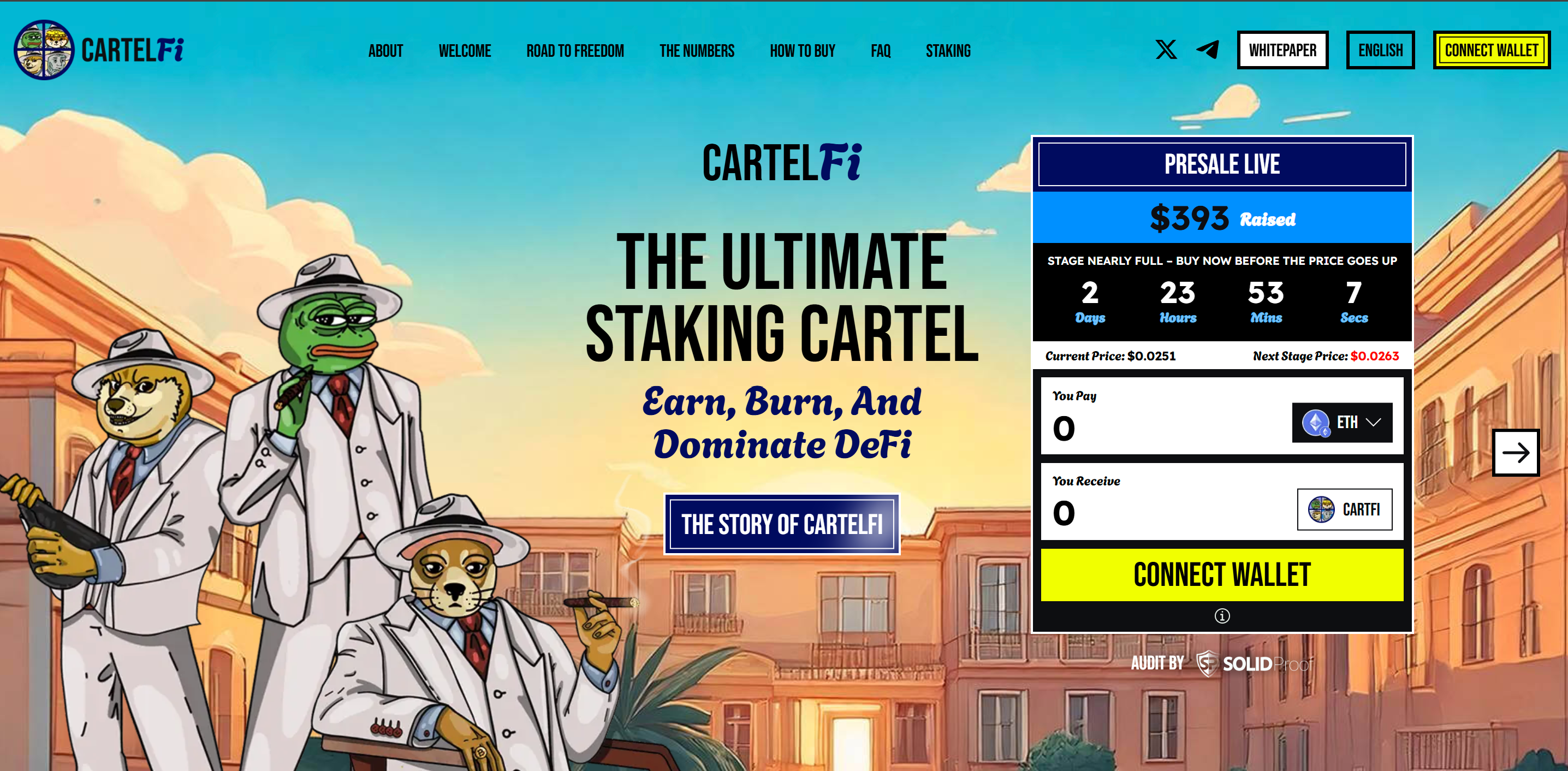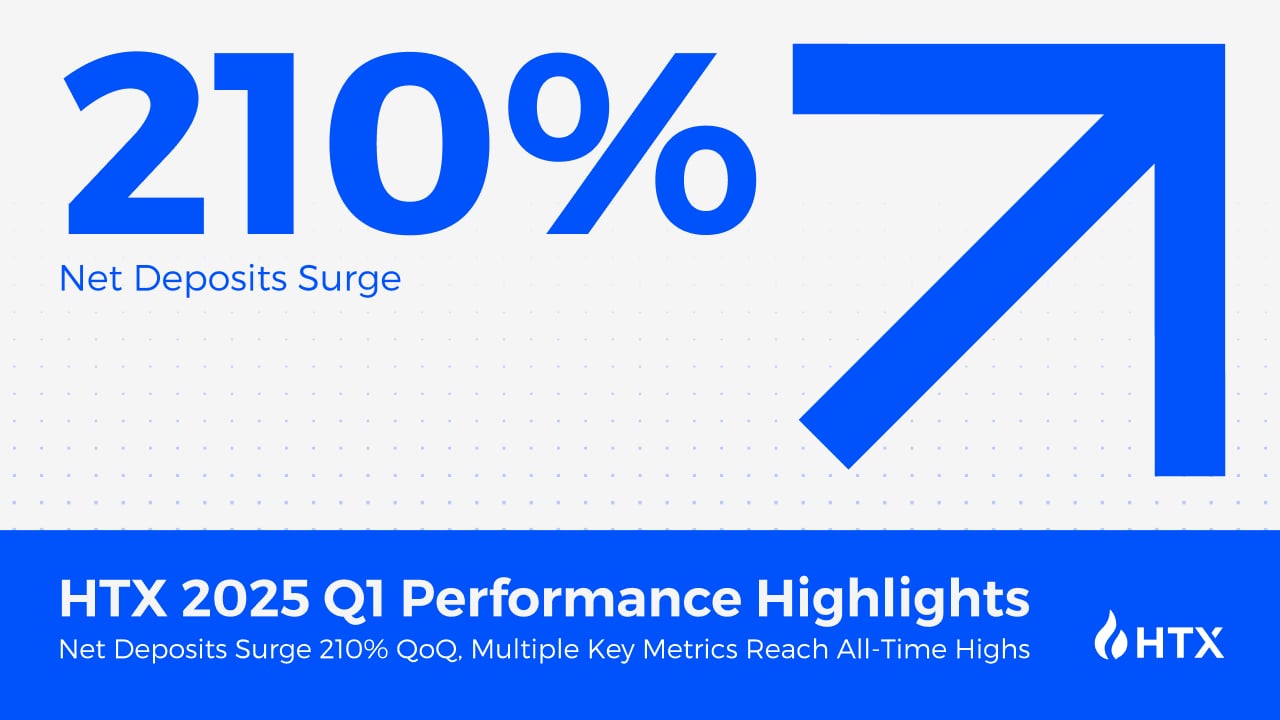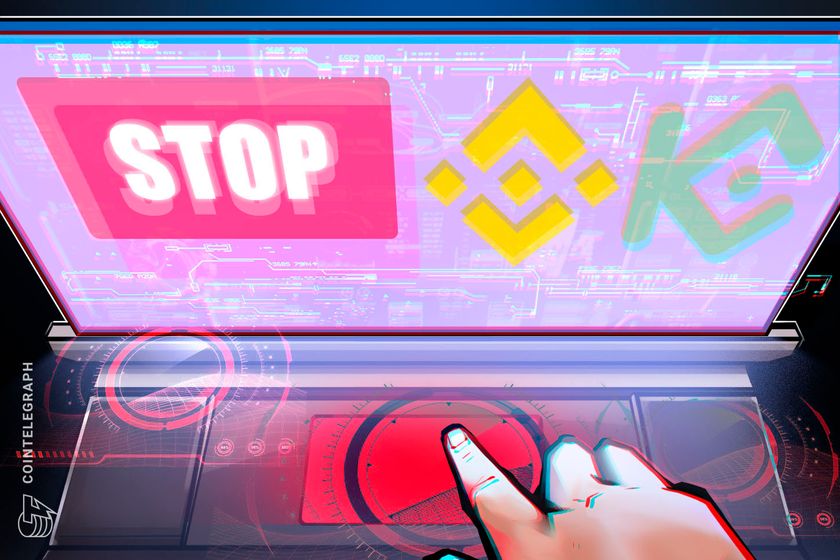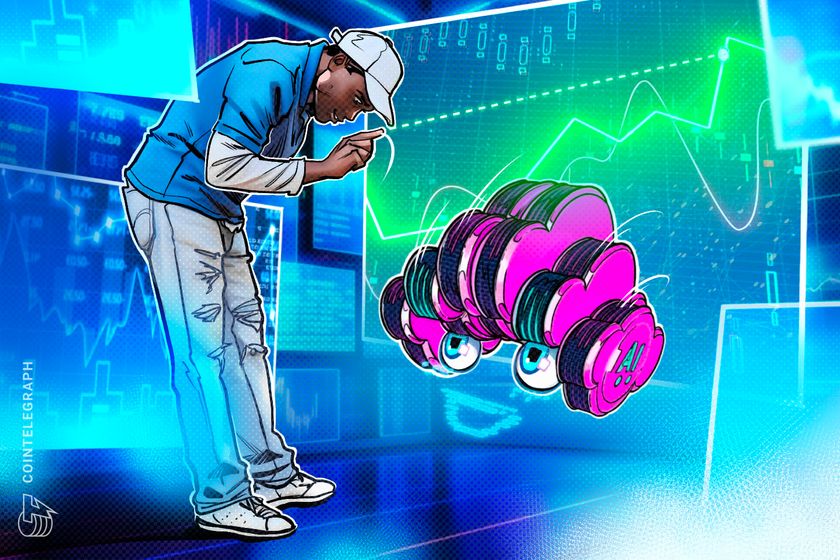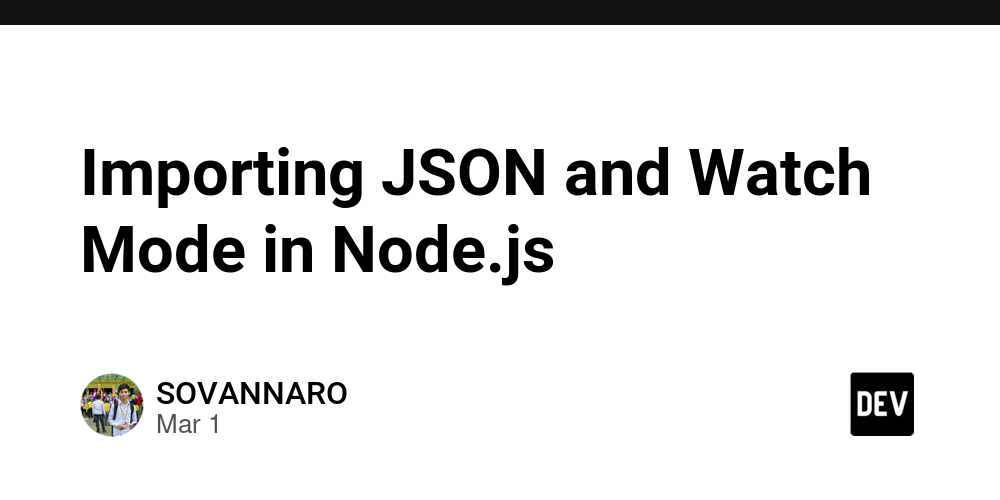How to Integrate REST, GraphQL, and SOAP APIs Seamlessly in Martini
You’d think by 2025, we’d be done dealing with SOAP. But here we are—still pulling customer records from a legacy ERP via WSDL, then tying that to a GraphQL layer built last quarter, and of course, relying on REST to glue it all together. This kind of API juggling is just the reality of enterprise development. And most of the time, it’s messy. Really messy. That’s exactly why I started using Martini—to make API integration across REST, GraphQL, and SOAP actually seamless. No separate tools, no copy-pasting boilerplate, no crying into curl scripts at 2 a.m. Just clean, unified integration that works like it should. A Unified API Experience (Yes, Even SOAP) The first time I connected all three API types inside Martini, I expected at least one part to fail silently or send me into a debugging spiral. Instead, the Consume API wizard walked me through setup for each one—like it was no big deal. REST APIs? Import from OpenAPI or Postman, and Martini autogenerates reusable services you can drop right into workflows. GraphQL? Just give it the endpoint, and the schema gets introspected automatically. Even SOAP gets treated like a first-class citizen: upload the WSDL and boom—working services with none of the XML headaches. Martini doesn’t care if your data is coming from a JSON-based SaaS app or a crusty SOAP service that hasn’t seen an update since the Obama administration. You point it at an API, and it gives you usable services that behave consistently across the board. From Scattered Endpoints to One Cohesive Workflow What really clicked for me was Martini’s low-code workflow designer. You can visually map out a multi-step process that might look like: Make a REST call to fetch a customer ID Use that ID in a GraphQL query to get a usage history Push the data into a SOAP-based billing system Each step is clear, and the transitions between them feel logical—not duct-taped together like with some tools. And if you hit a scenario where you need custom behavior? Drop in a script in Groovy, JavaScript, Python, or even Bash. It’s flexible without being chaotic. Making Data Talk The biggest pain in these kinds of integrations is always data. SOAP sends XML, GraphQL gives you exactly what you ask for, and REST is usually JSON—often inconsistently structured. Normally, you’re writing transformation scripts just to get basic data flowing between services. Martini handles this elegantly with its visual data mapping tools. You can drag-and-connect fields from different payloads, transform formats, and reuse data models (especially if you’re using Negroni). It's like working with ETL pipelines—but purpose-built for developers, not analysts. Trigger It Your Way Another bonus: Martini doesn’t just run workflows in isolation. You can trigger them through API calls, scheduled tasks, system events, webhooks, or even user actions inside a Bellini-built frontend. And since the workflows can expose their own REST or GraphQL APIs, your orchestration becomes its own service—ready to power apps, dashboards, or whatever else you're building. Final Thoughts: Low-Code That Doesn’t Dumb Things Down There are plenty of platforms that claim to make integrations easy—until you throw a real-world problem at them. Martini, though, genuinely surprised me. It embraced the complexity of combining REST, GraphQL, and SOAP, without forcing me to switch contexts, rewire services, or rewrite everything. This is low-code done right—where the visual tools speed you up, and the code-level access keeps you in control. If you’re tired of wrestling mismatched APIs and patching together your own glue logic, check out the free edition of Martini. And if you want to talk use cases, horror stories, or just brag about the weirdest SOAP endpoint you’ve ever survived, come hang out in the Lonti Community.
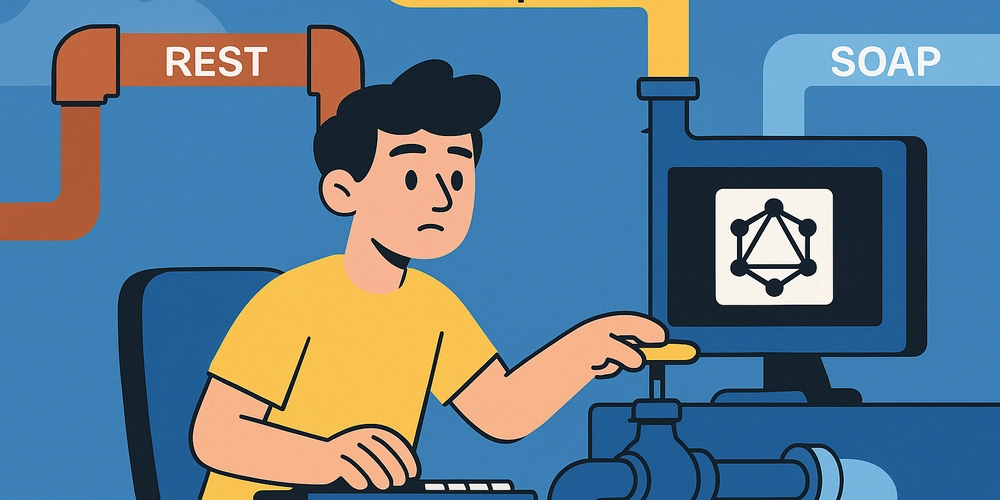
You’d think by 2025, we’d be done dealing with SOAP. But here we are—still pulling customer records from a legacy ERP via WSDL, then tying that to a GraphQL layer built last quarter, and of course, relying on REST to glue it all together.
This kind of API juggling is just the reality of enterprise development. And most of the time, it’s messy. Really messy.
That’s exactly why I started using Martini—to make API integration across REST, GraphQL, and SOAP actually seamless. No separate tools, no copy-pasting boilerplate, no crying into curl scripts at 2 a.m. Just clean, unified integration that works like it should.
A Unified API Experience (Yes, Even SOAP)
The first time I connected all three API types inside Martini, I expected at least one part to fail silently or send me into a debugging spiral. Instead, the Consume API wizard walked me through setup for each one—like it was no big deal.
REST APIs? Import from OpenAPI or Postman, and Martini autogenerates reusable services you can drop right into workflows. GraphQL? Just give it the endpoint, and the schema gets introspected automatically. Even SOAP gets treated like a first-class citizen: upload the WSDL and boom—working services with none of the XML headaches.
Martini doesn’t care if your data is coming from a JSON-based SaaS app or a crusty SOAP service that hasn’t seen an update since the Obama administration. You point it at an API, and it gives you usable services that behave consistently across the board.
From Scattered Endpoints to One Cohesive Workflow
What really clicked for me was Martini’s low-code workflow designer. You can visually map out a multi-step process that might look like:
- Make a REST call to fetch a customer ID
- Use that ID in a GraphQL query to get a usage history
- Push the data into a SOAP-based billing system
Each step is clear, and the transitions between them feel logical—not duct-taped together like with some tools. And if you hit a scenario where you need custom behavior? Drop in a script in Groovy, JavaScript, Python, or even Bash. It’s flexible without being chaotic.
Making Data Talk
The biggest pain in these kinds of integrations is always data. SOAP sends XML, GraphQL gives you exactly what you ask for, and REST is usually JSON—often inconsistently structured. Normally, you’re writing transformation scripts just to get basic data flowing between services.
Martini handles this elegantly with its visual data mapping tools. You can drag-and-connect fields from different payloads, transform formats, and reuse data models (especially if you’re using Negroni). It's like working with ETL pipelines—but purpose-built for developers, not analysts.
Trigger It Your Way
Another bonus: Martini doesn’t just run workflows in isolation. You can trigger them through API calls, scheduled tasks, system events, webhooks, or even user actions inside a Bellini-built frontend. And since the workflows can expose their own REST or GraphQL APIs, your orchestration becomes its own service—ready to power apps, dashboards, or whatever else you're building.
Final Thoughts: Low-Code That Doesn’t Dumb Things Down
There are plenty of platforms that claim to make integrations easy—until you throw a real-world problem at them. Martini, though, genuinely surprised me. It embraced the complexity of combining REST, GraphQL, and SOAP, without forcing me to switch contexts, rewire services, or rewrite everything.
This is low-code done right—where the visual tools speed you up, and the code-level access keeps you in control.
If you’re tired of wrestling mismatched APIs and patching together your own glue logic, check out the free edition of Martini. And if you want to talk use cases, horror stories, or just brag about the weirdest SOAP endpoint you’ve ever survived, come hang out in the Lonti Community.

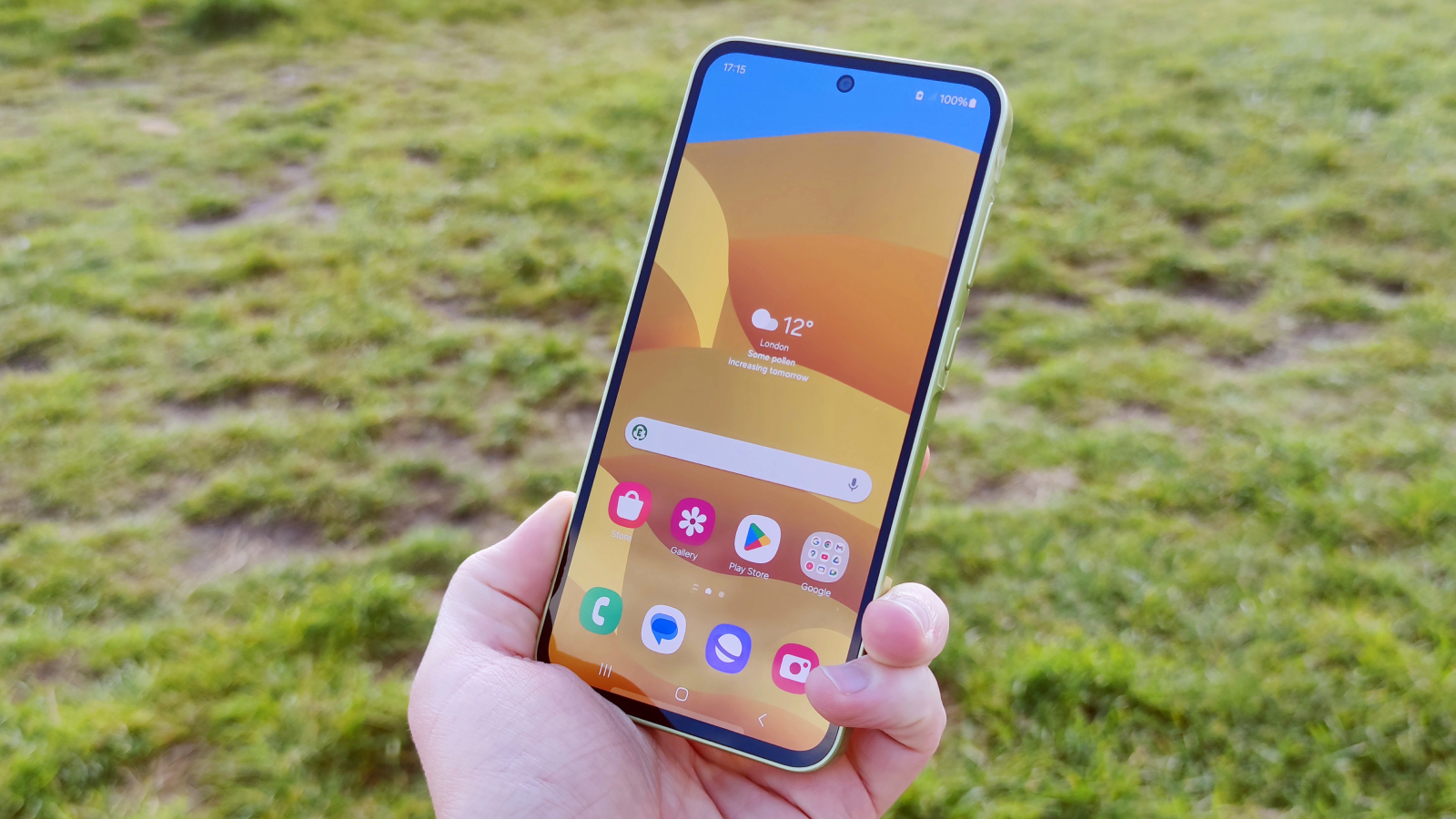












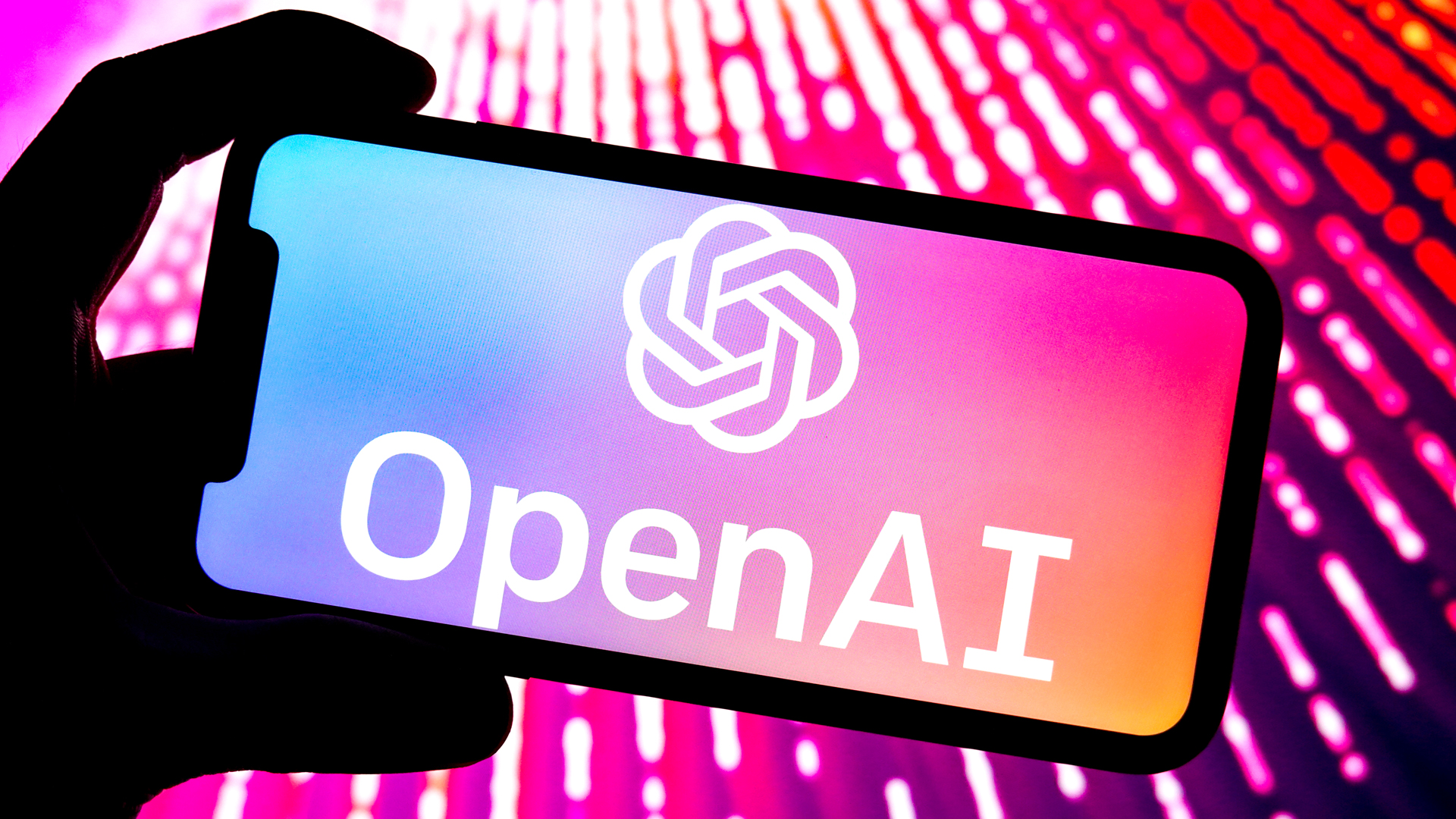
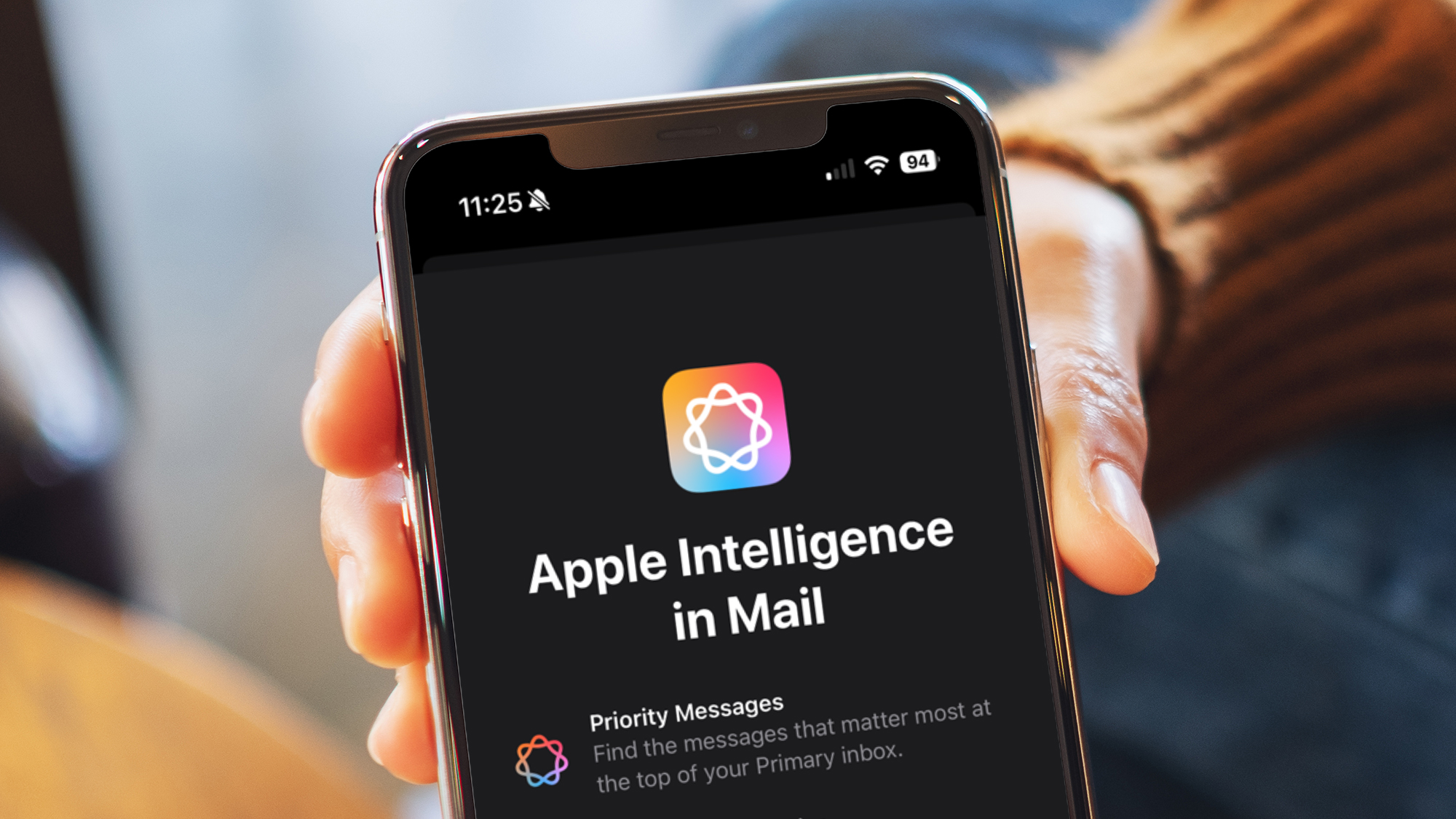







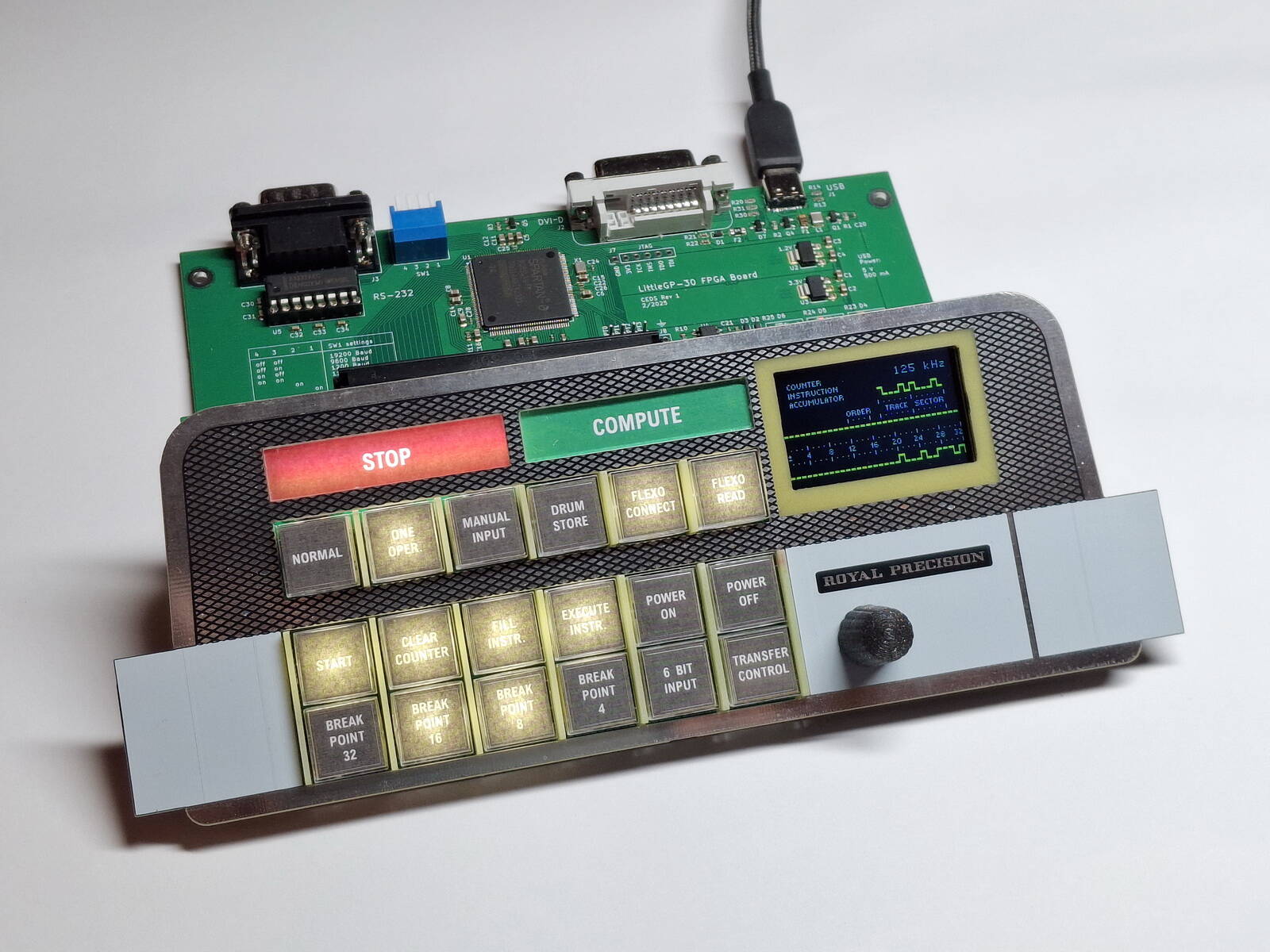




































































































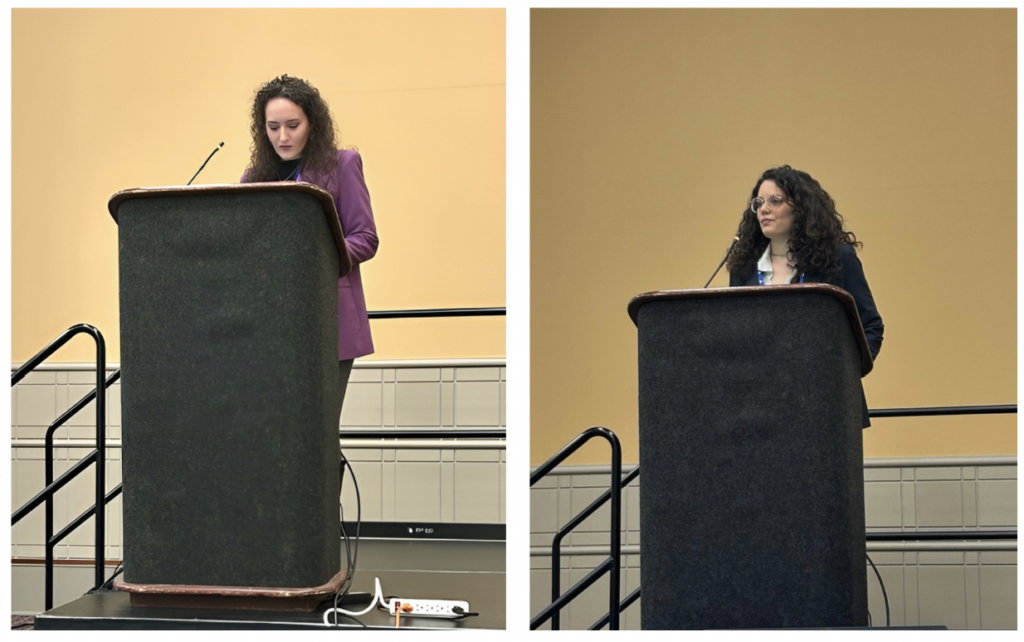
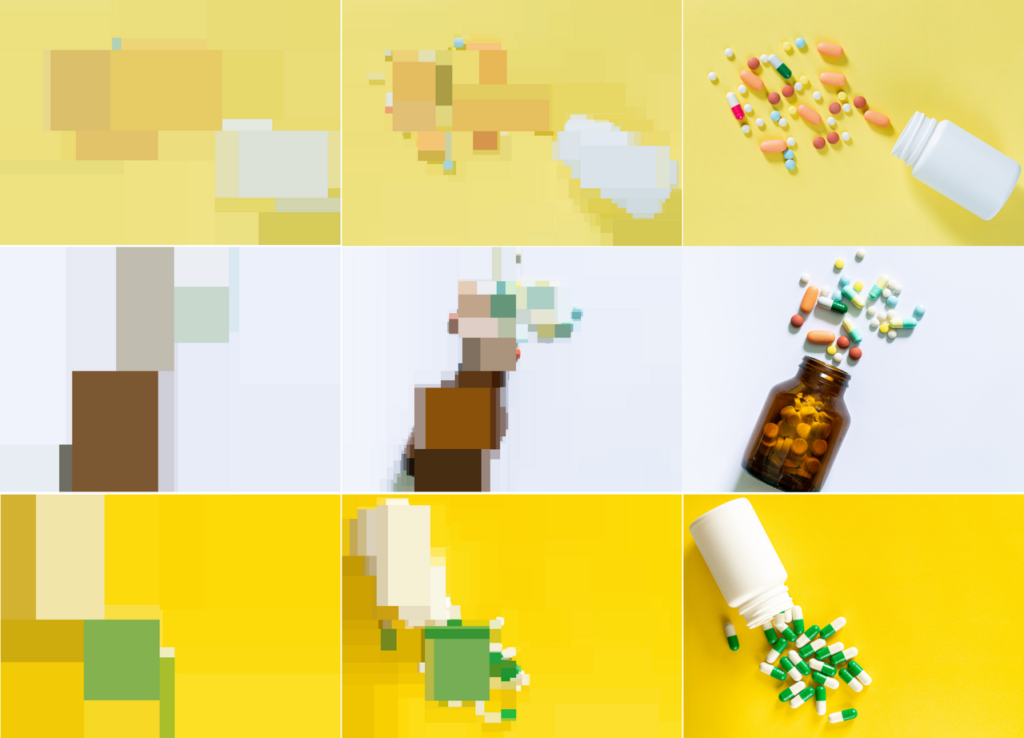











































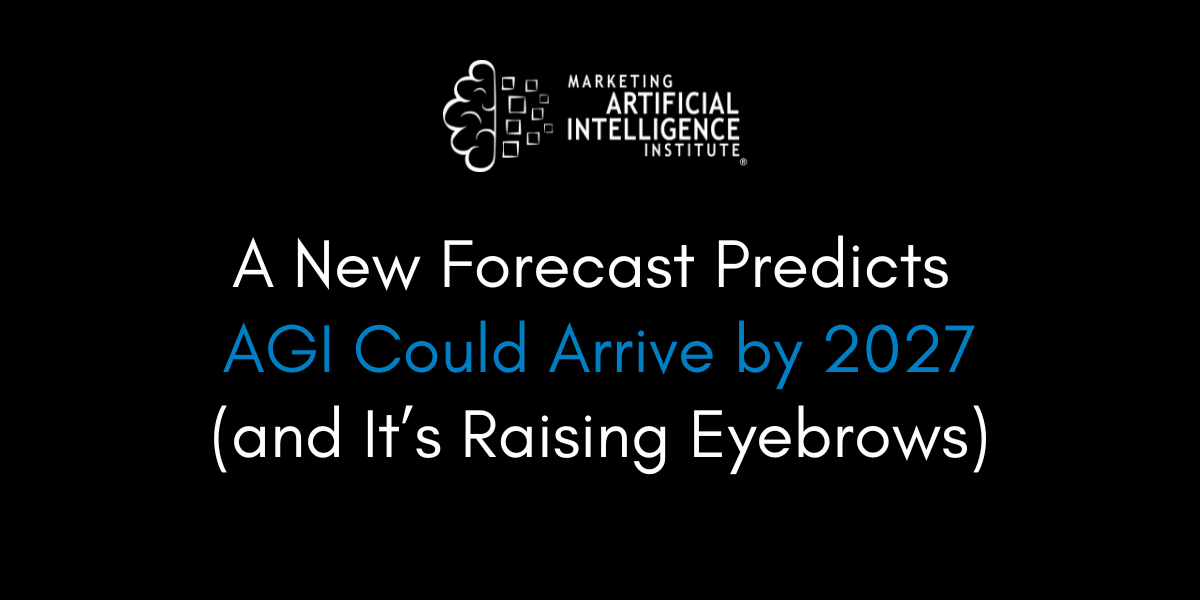
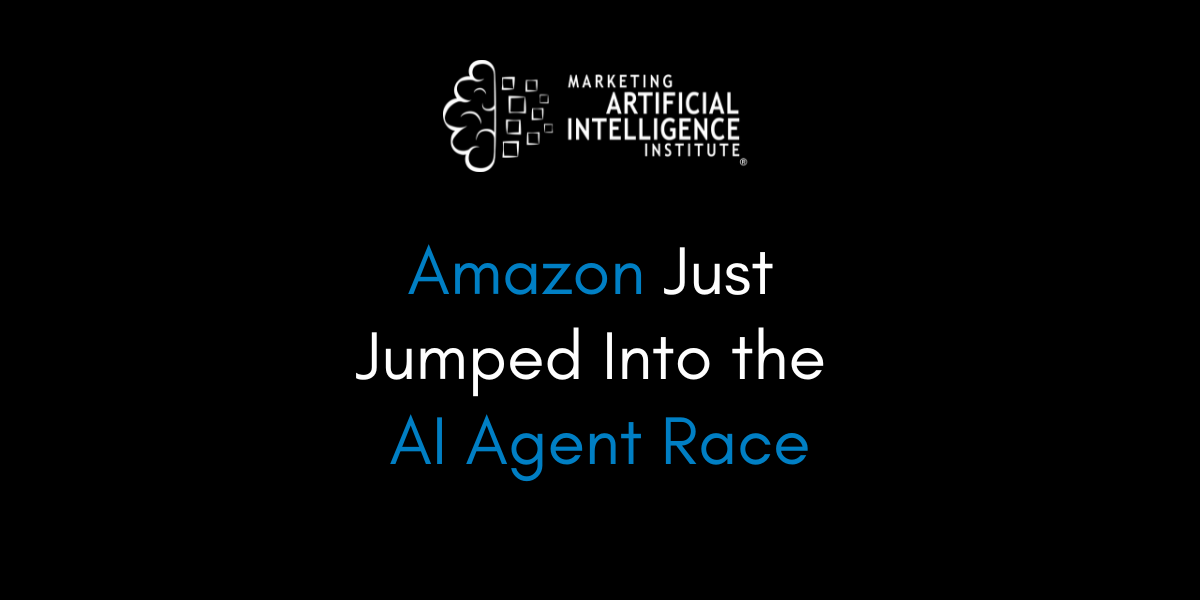
![[The AI Show Episode 143]: ChatGPT Revenue Surge, New AGI Timelines, Amazon’s AI Agent, Claude for Education, Model Context Protocol & LLMs Pass the Turing Test](https://www.marketingaiinstitute.com/hubfs/ep%20143%20cover.png)






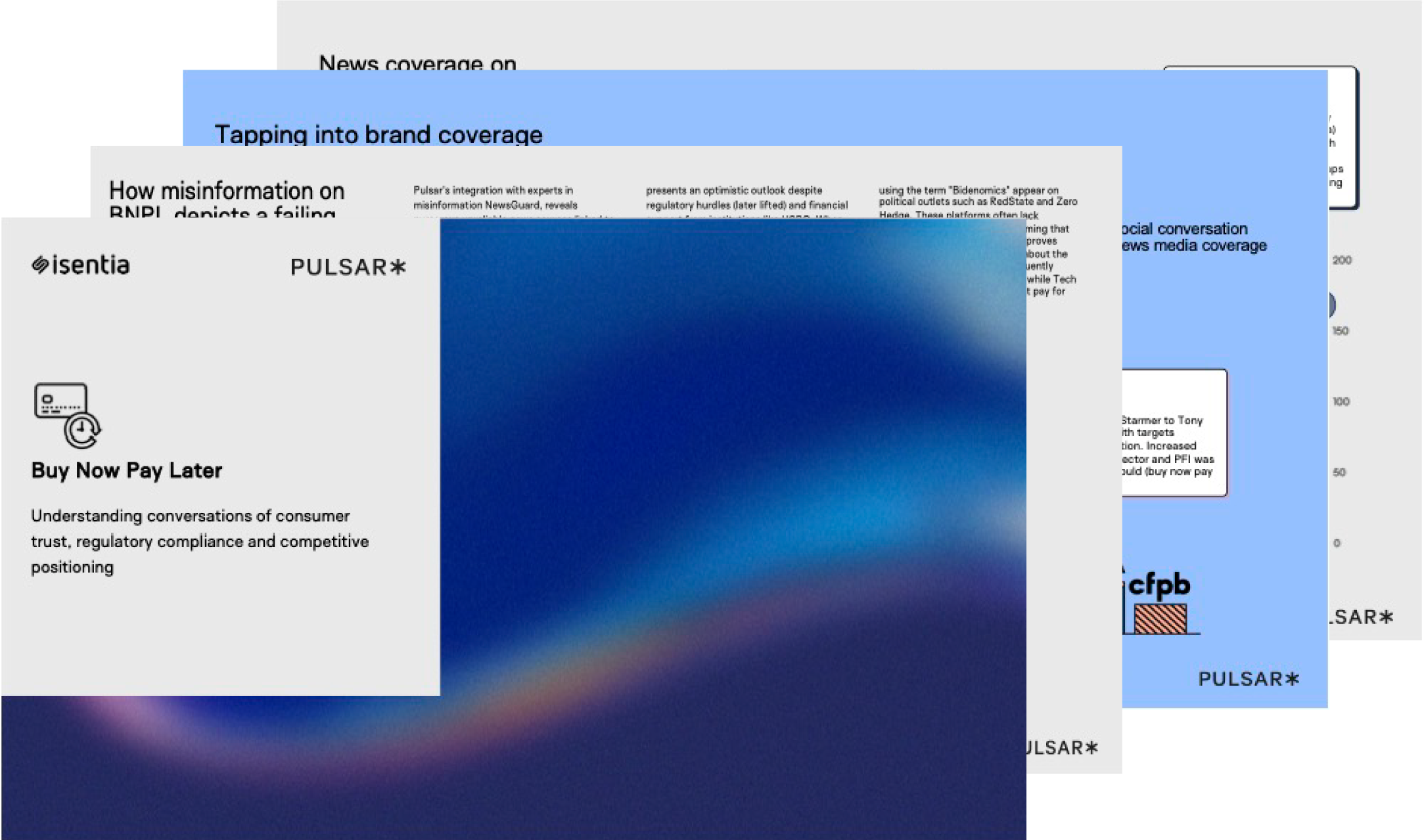

































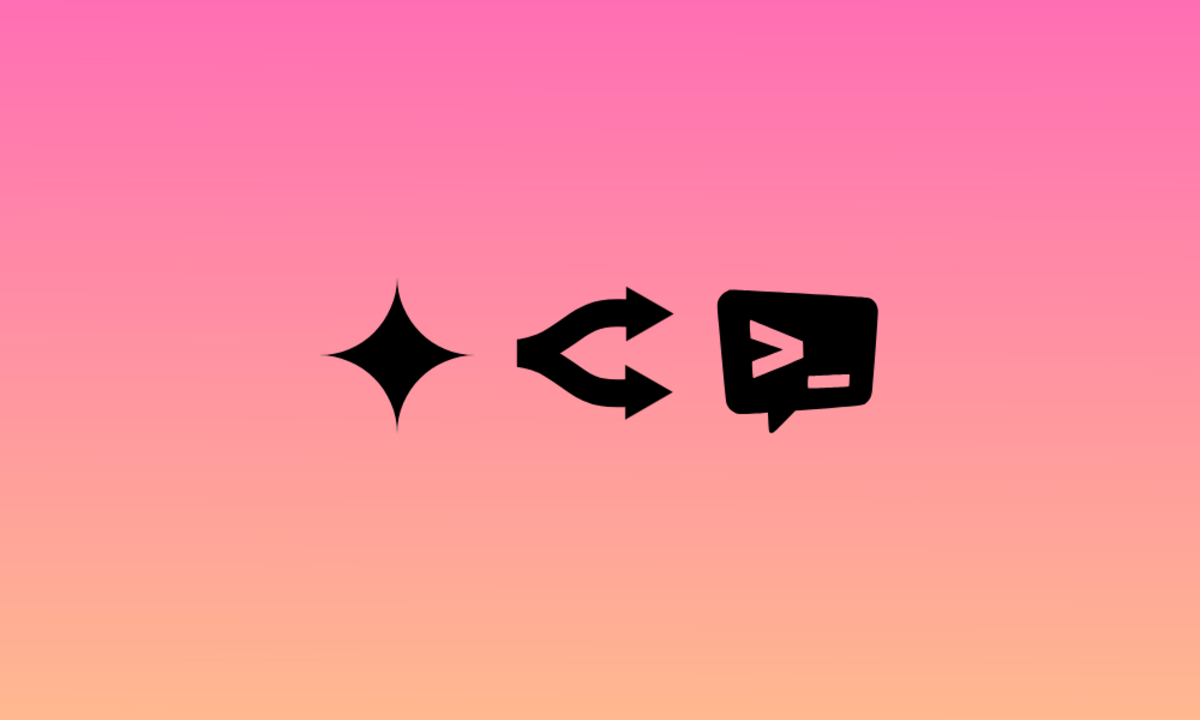
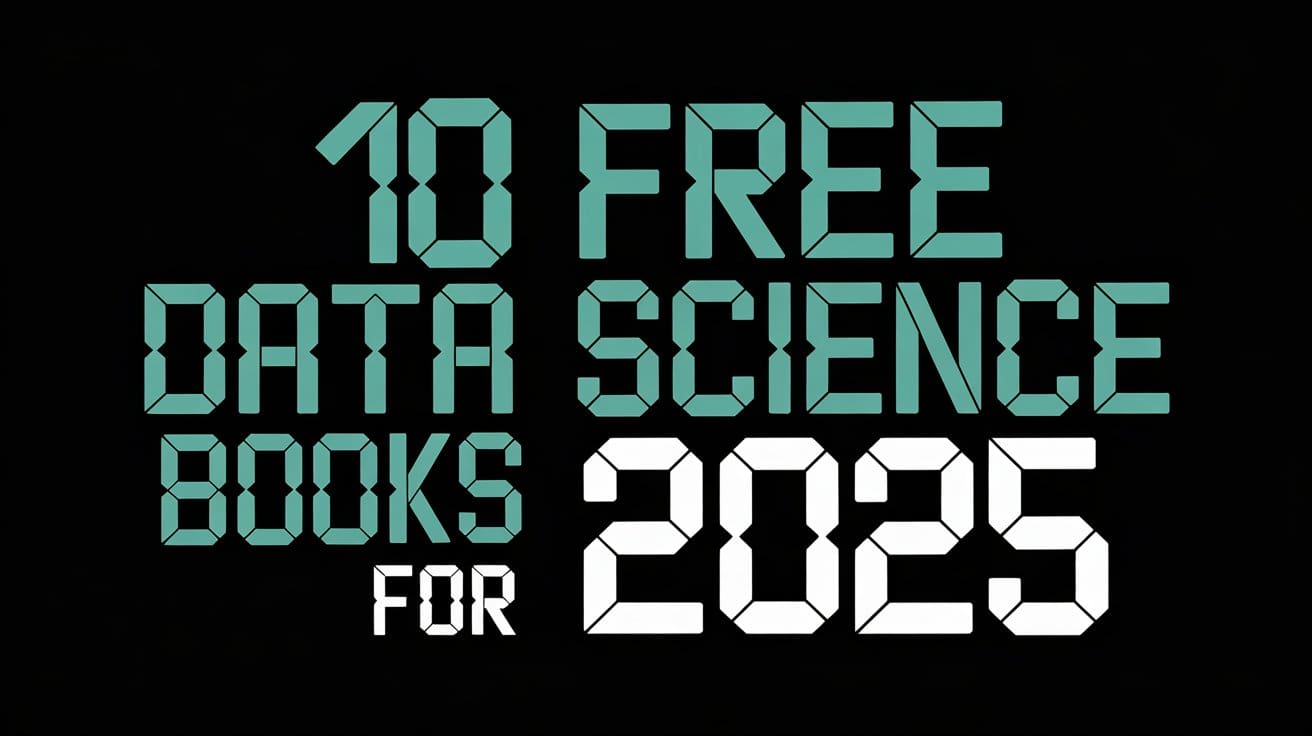
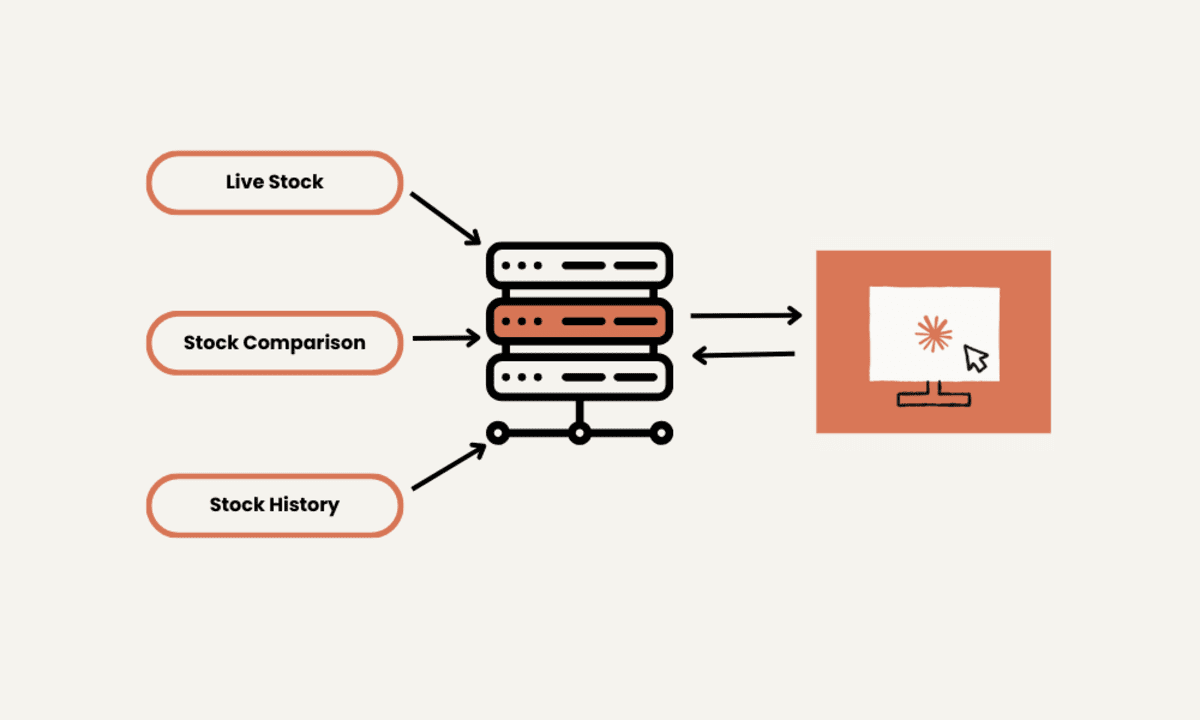






















































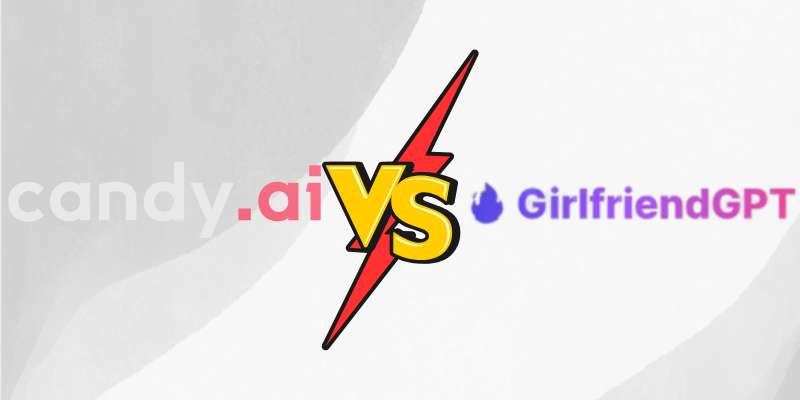












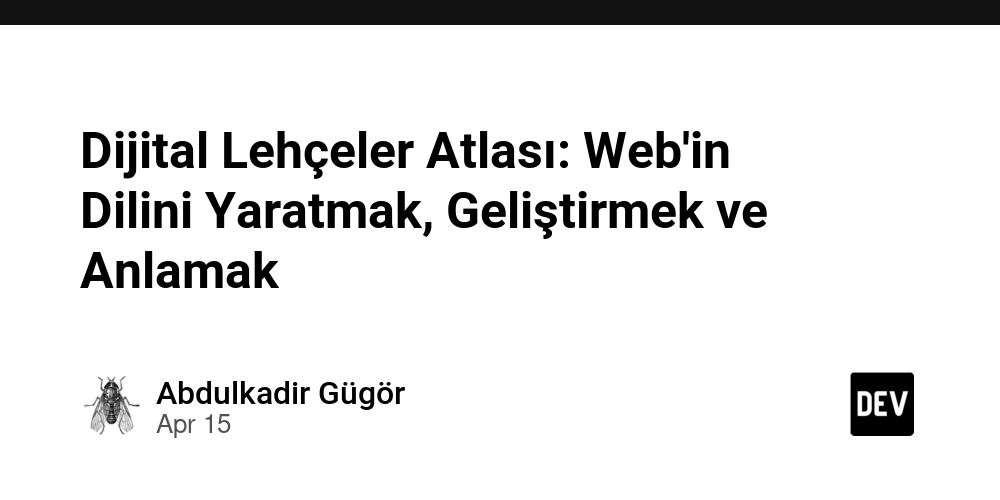
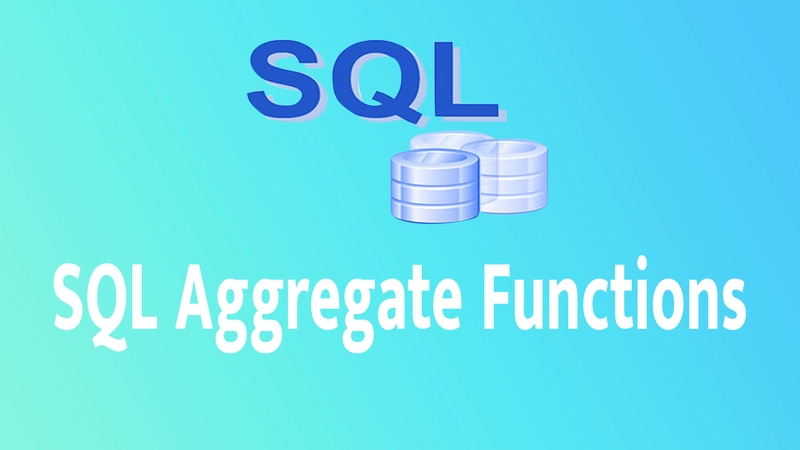

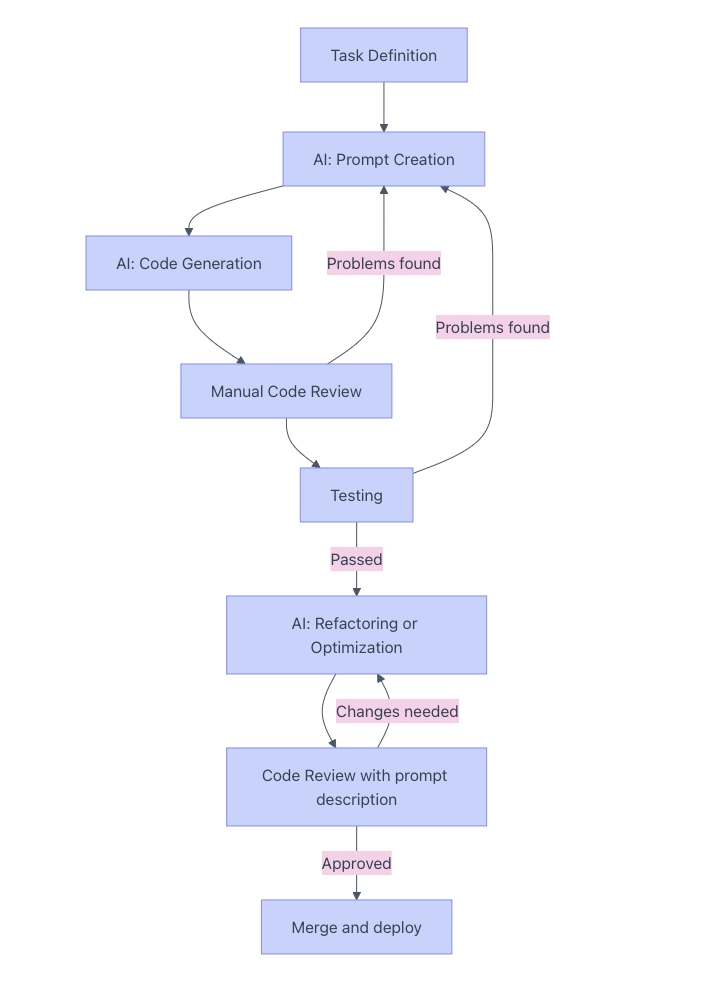














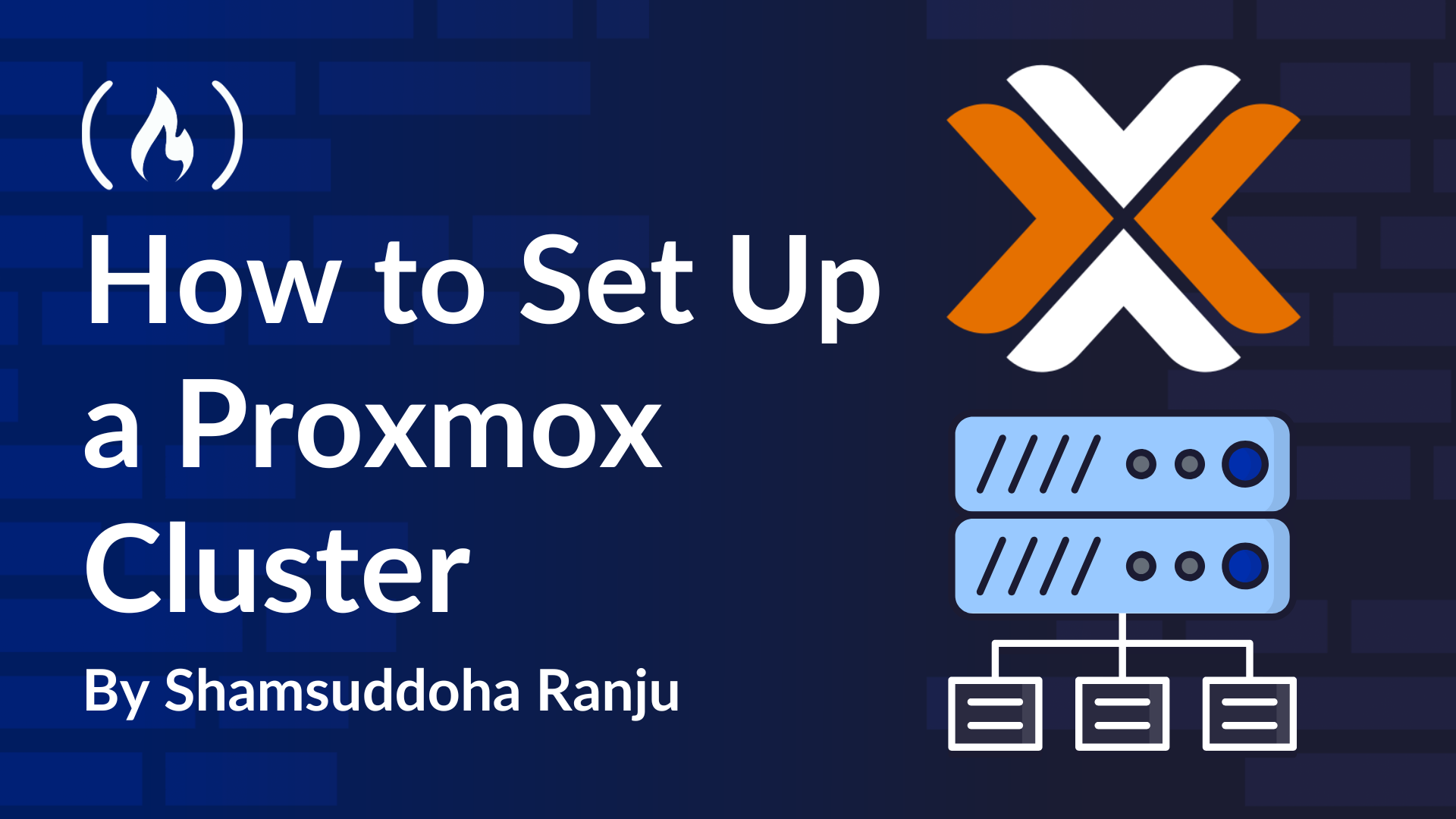











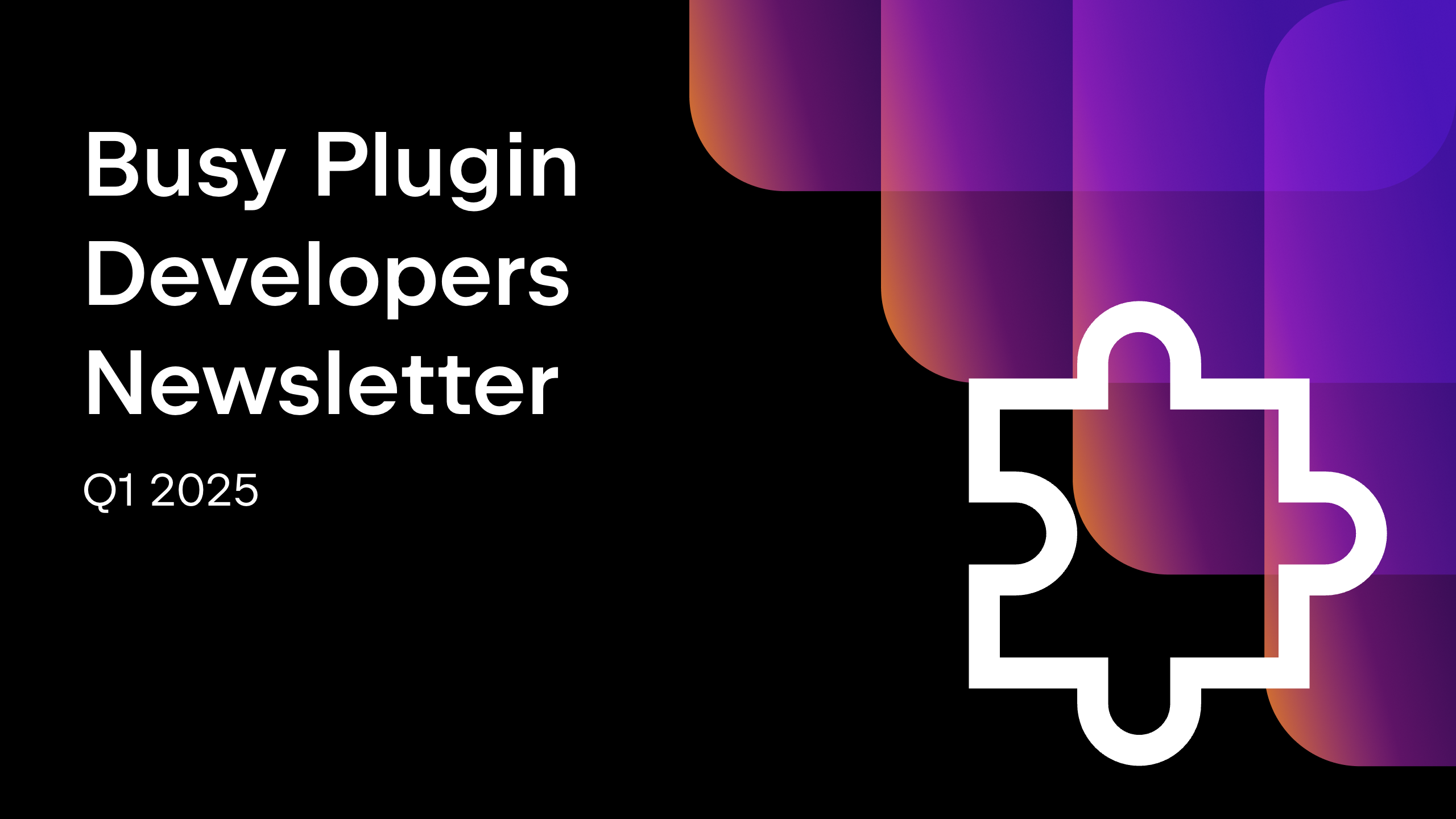
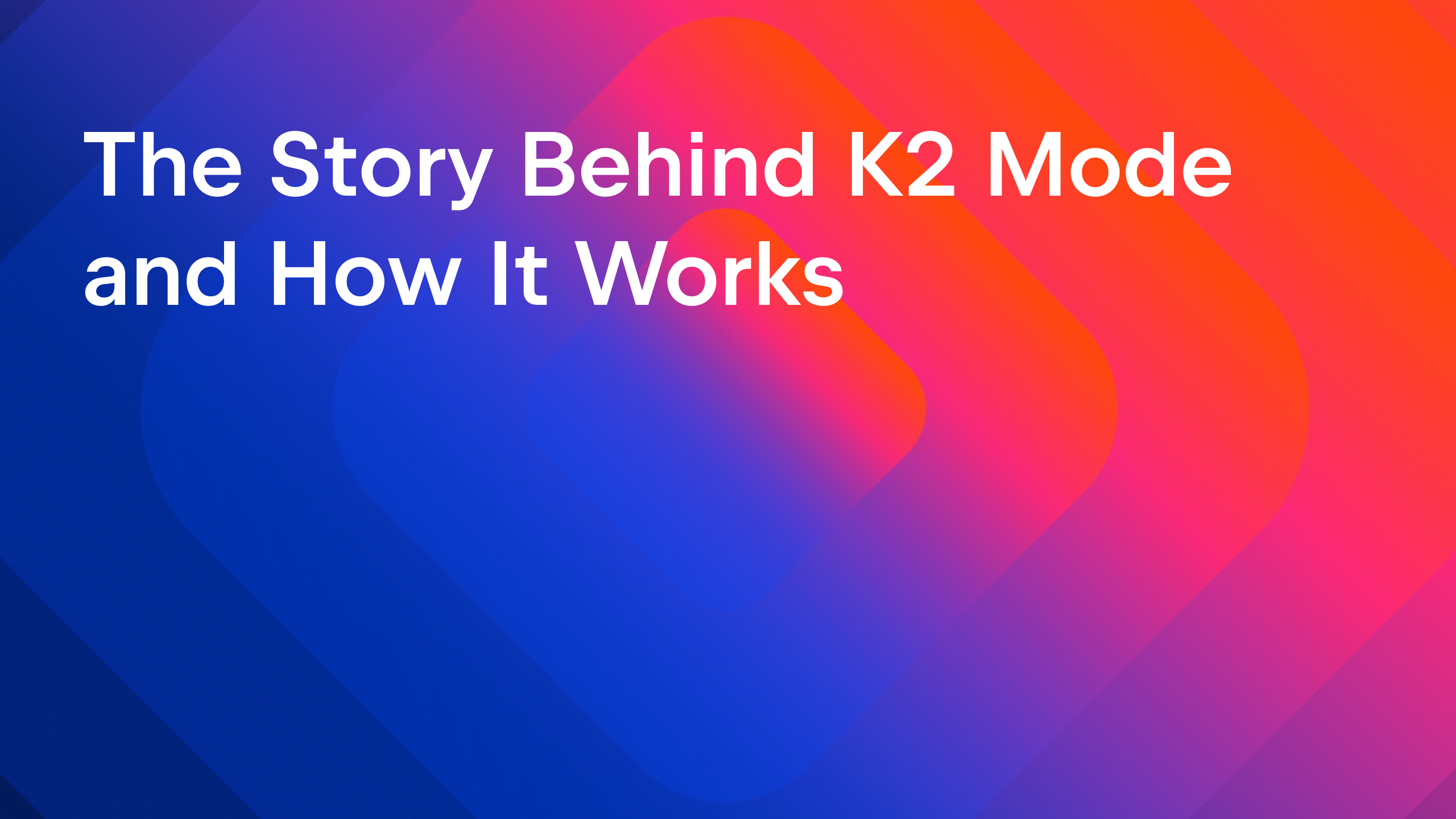
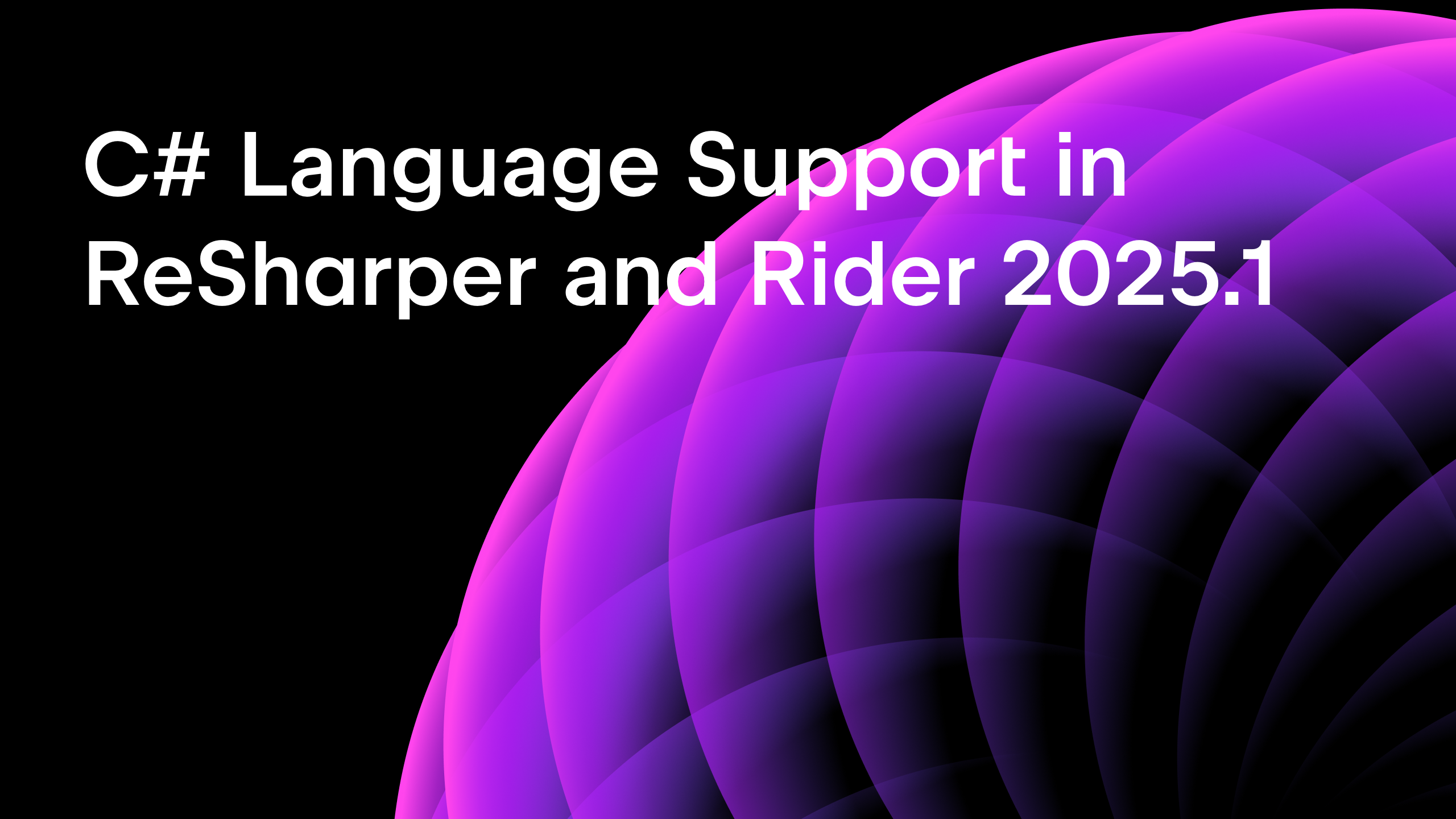







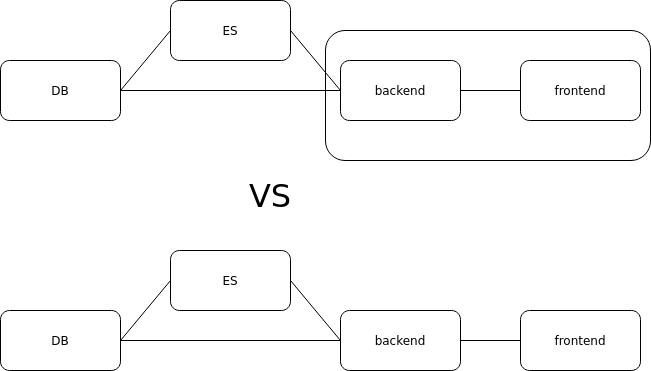























.png?width=1920&height=1920&fit=bounds&quality=70&format=jpg&auto=webp#)
























































.png?#)





















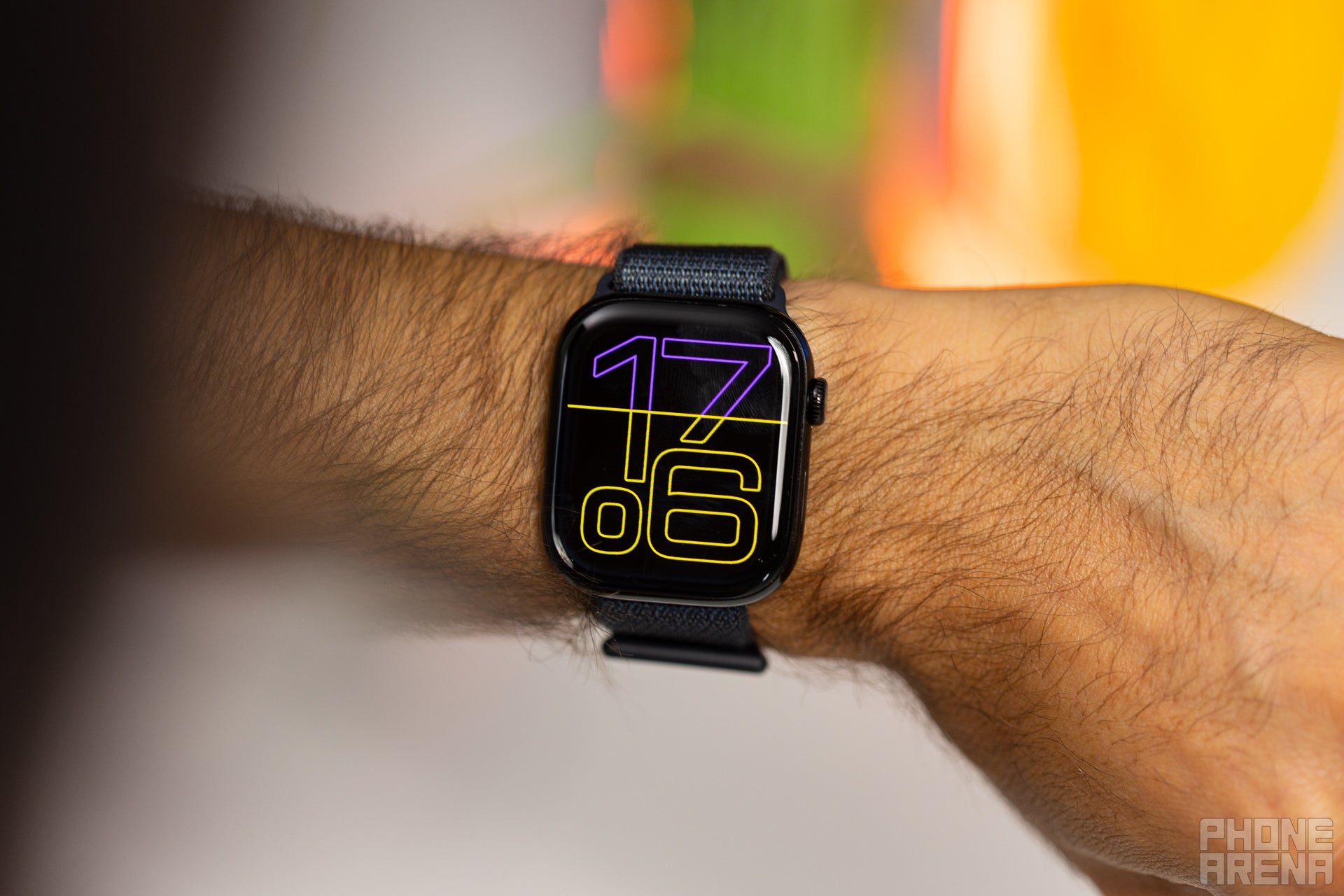
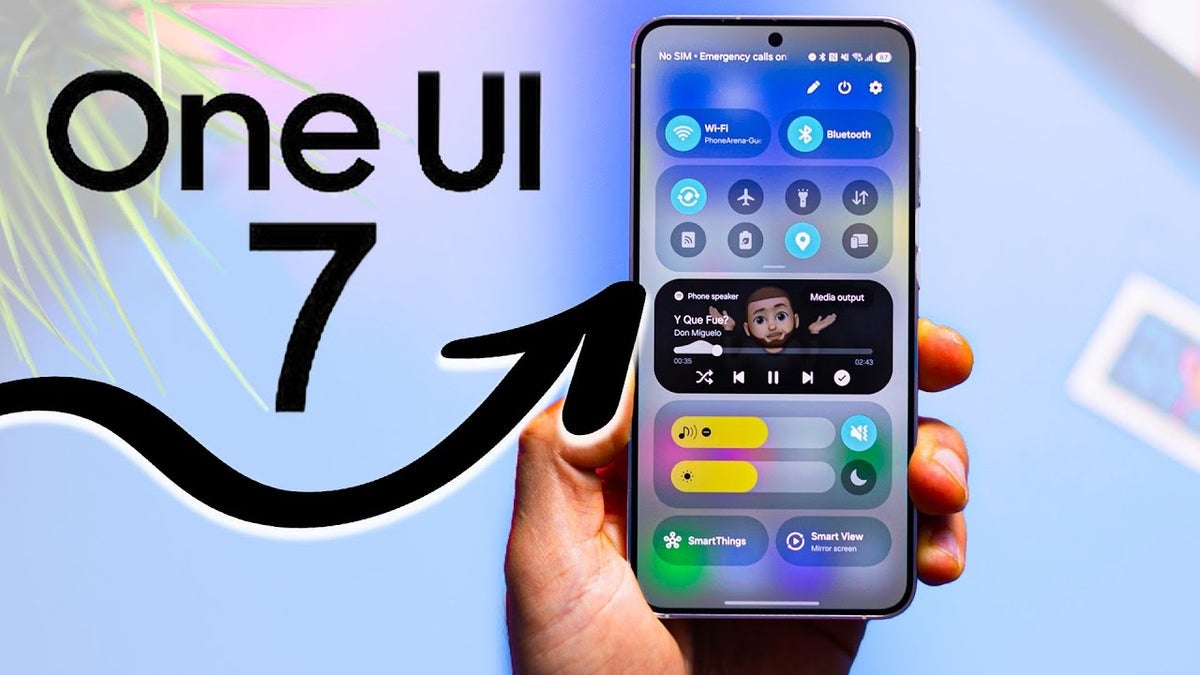
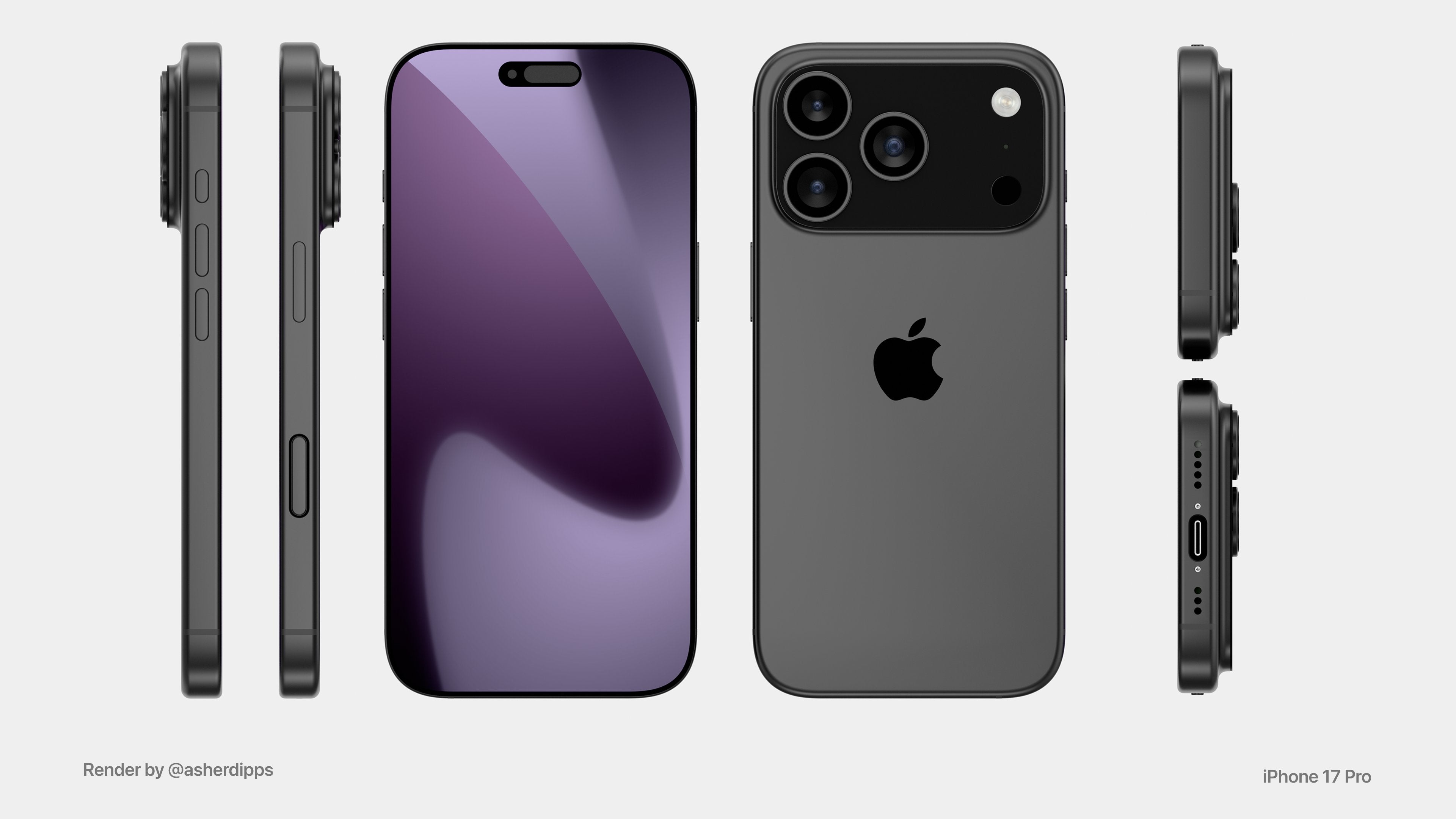




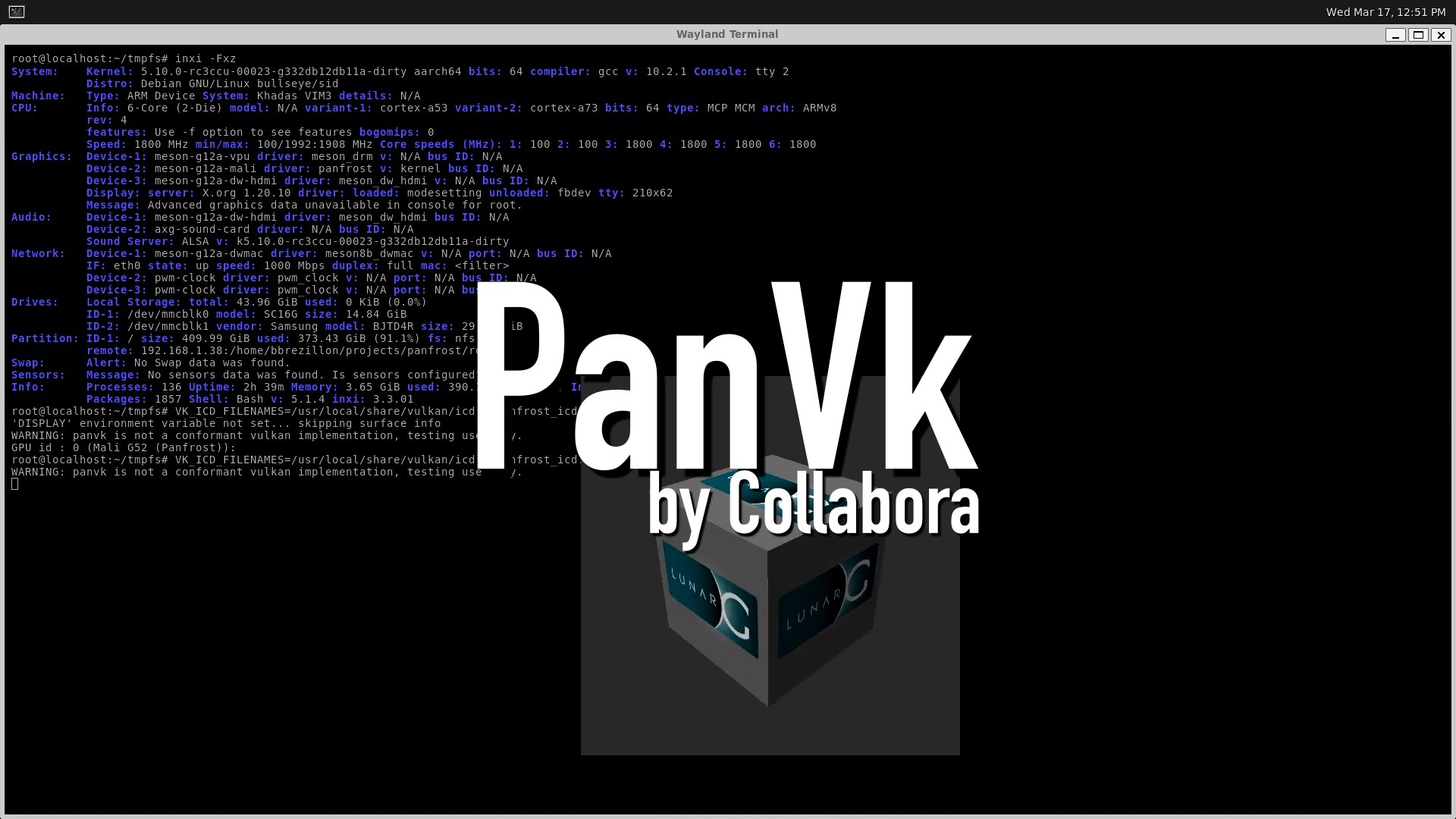




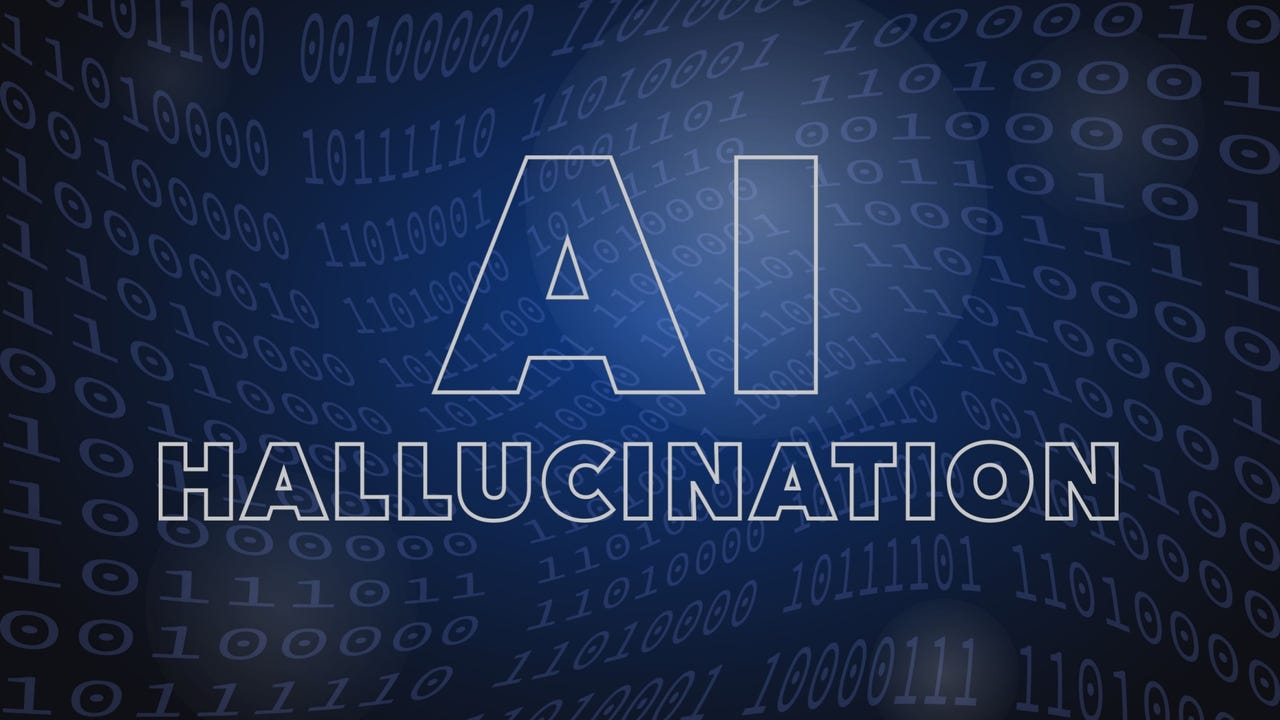



.webp?#)







































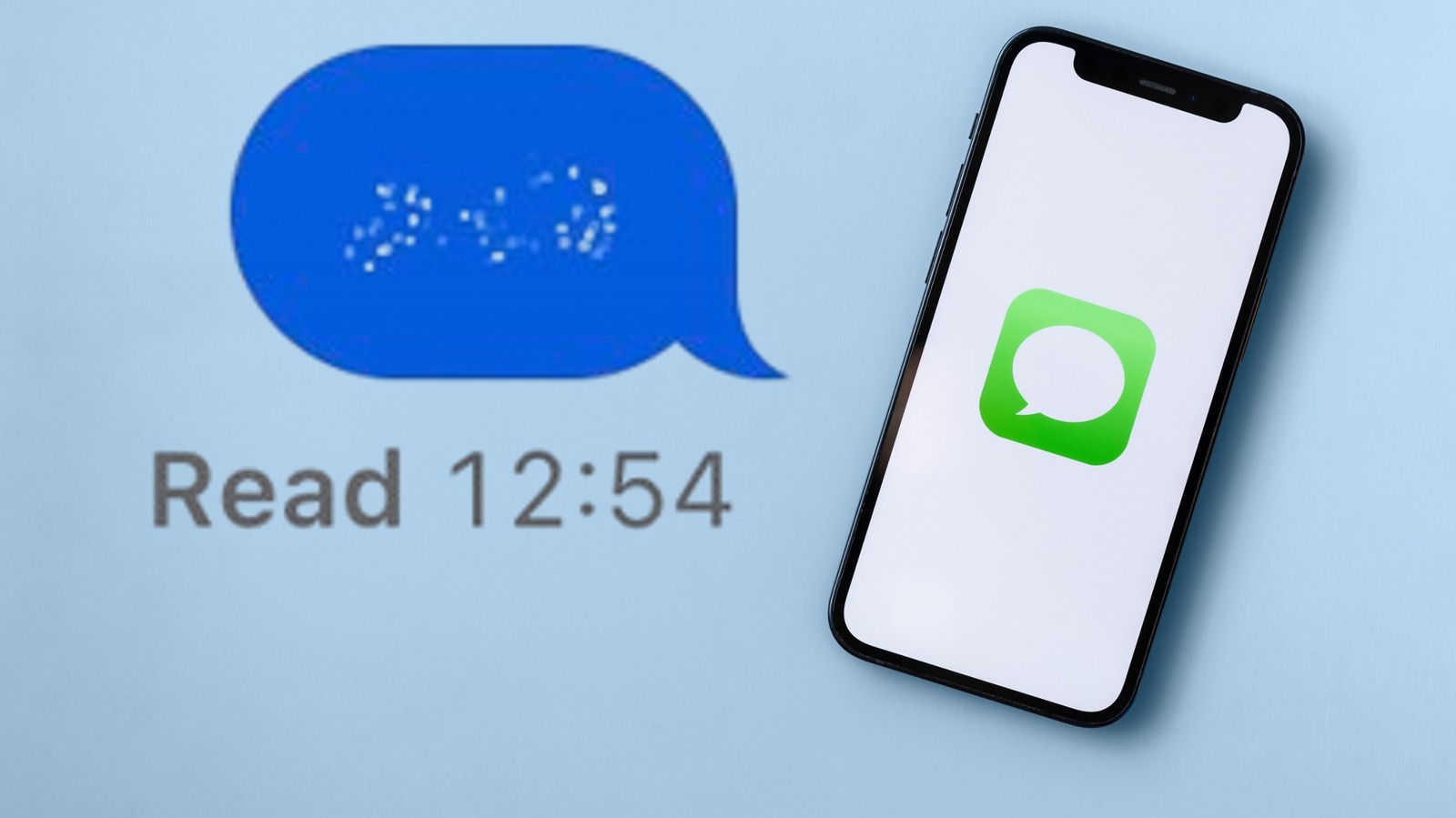




































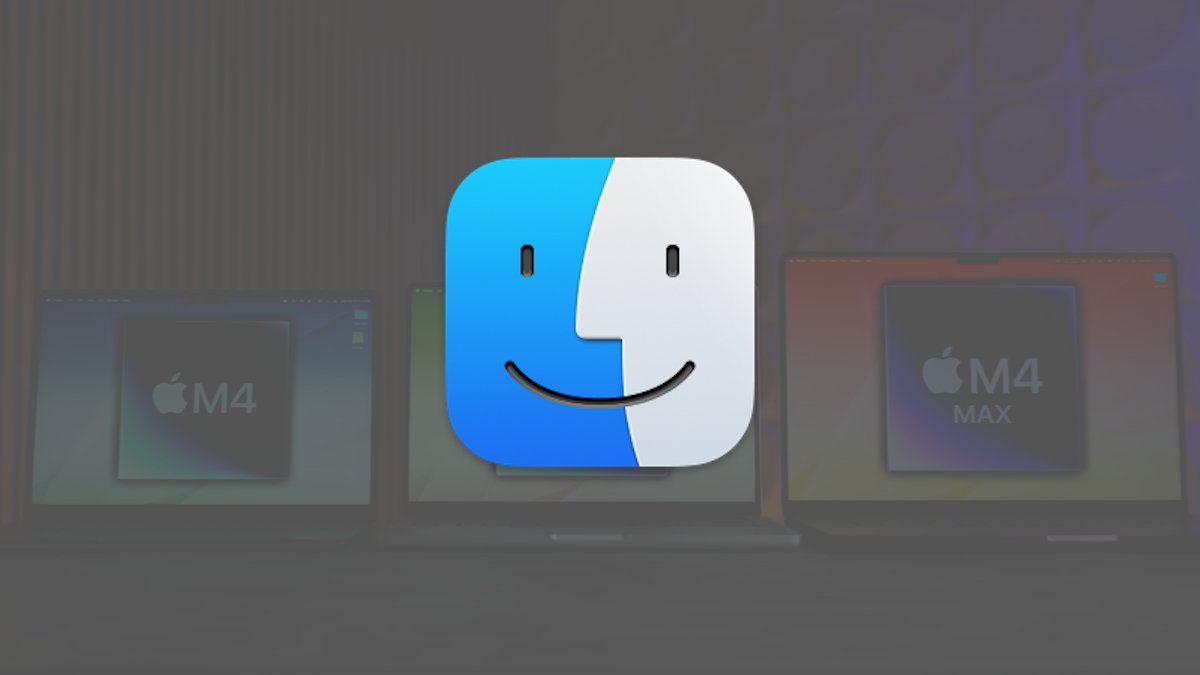
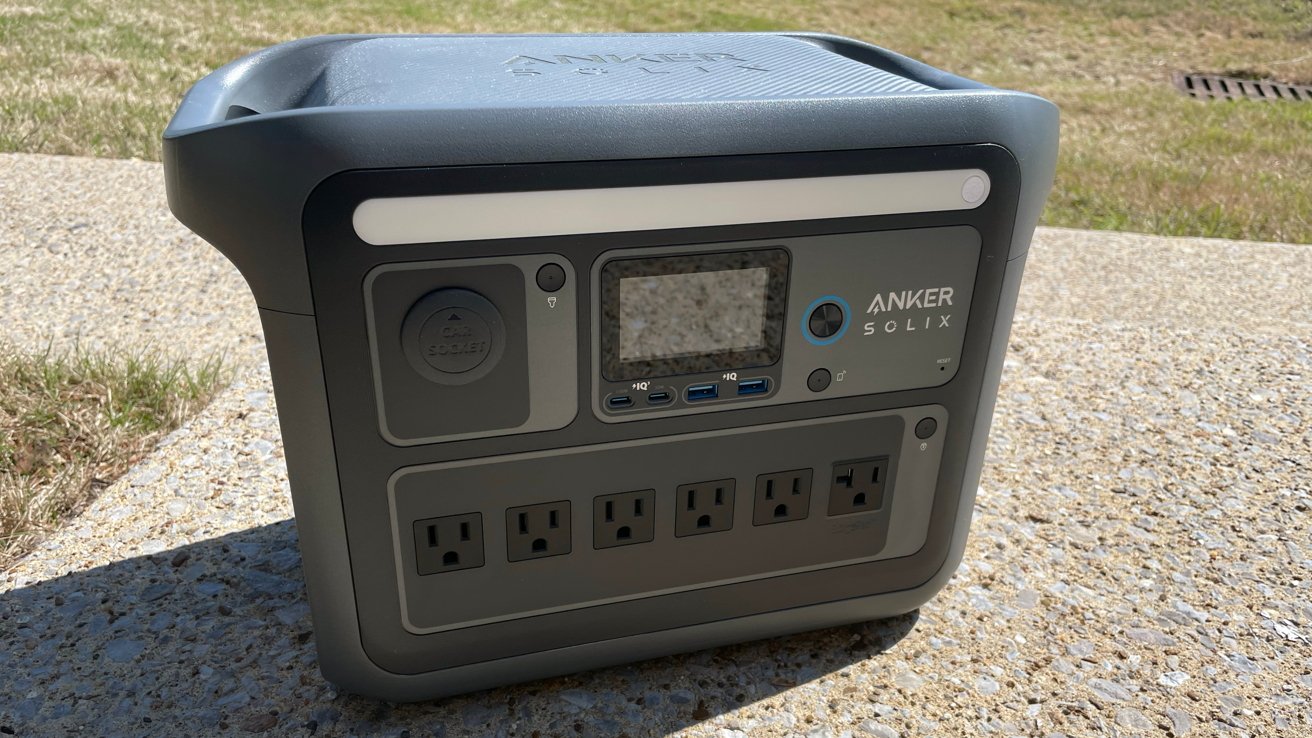
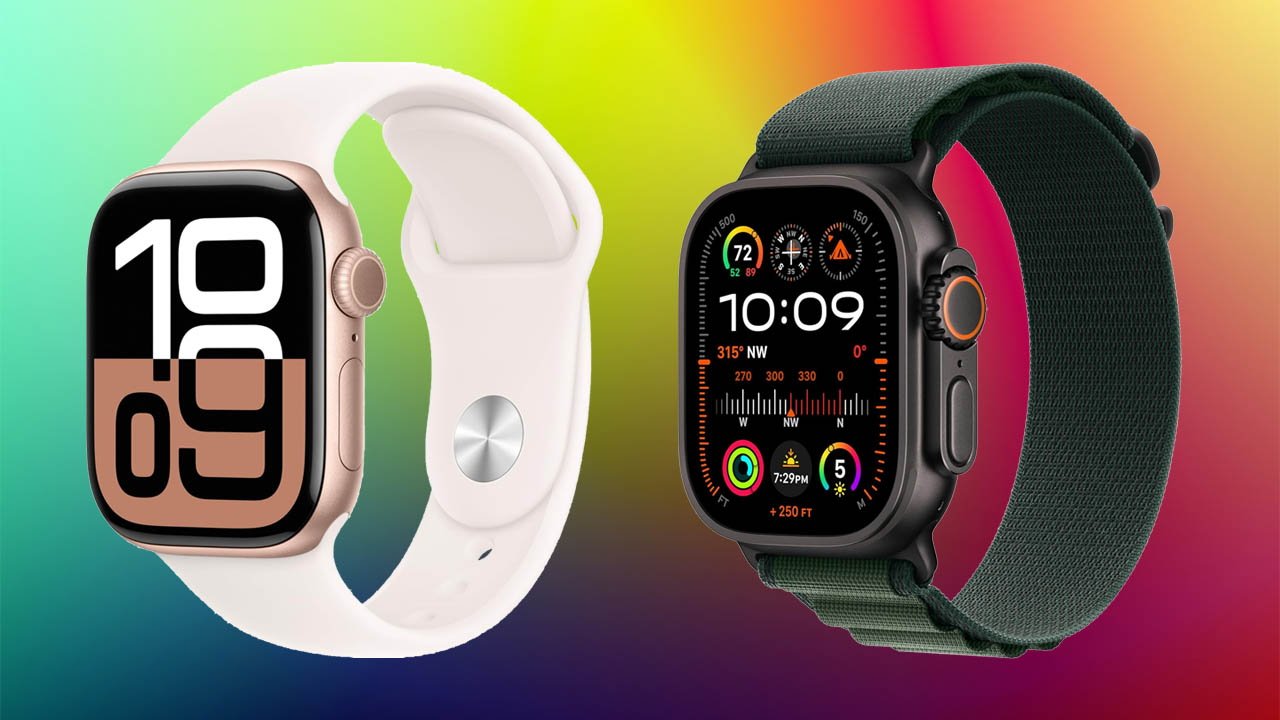
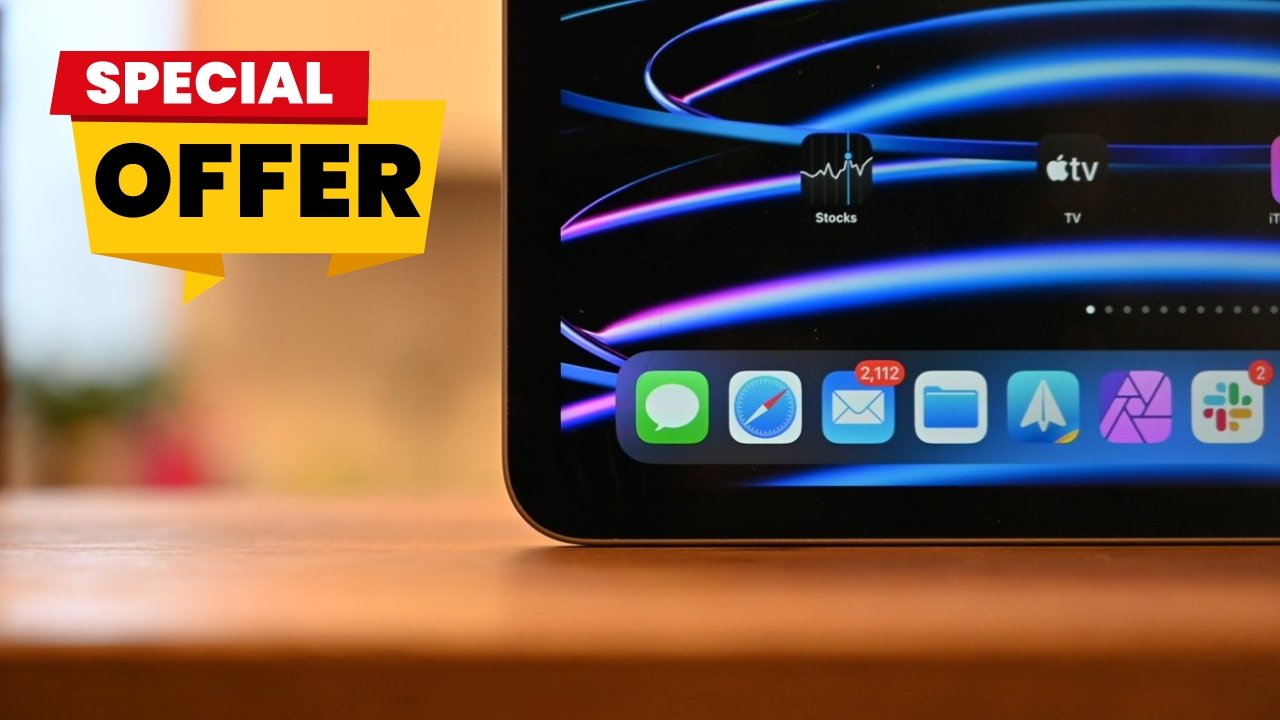
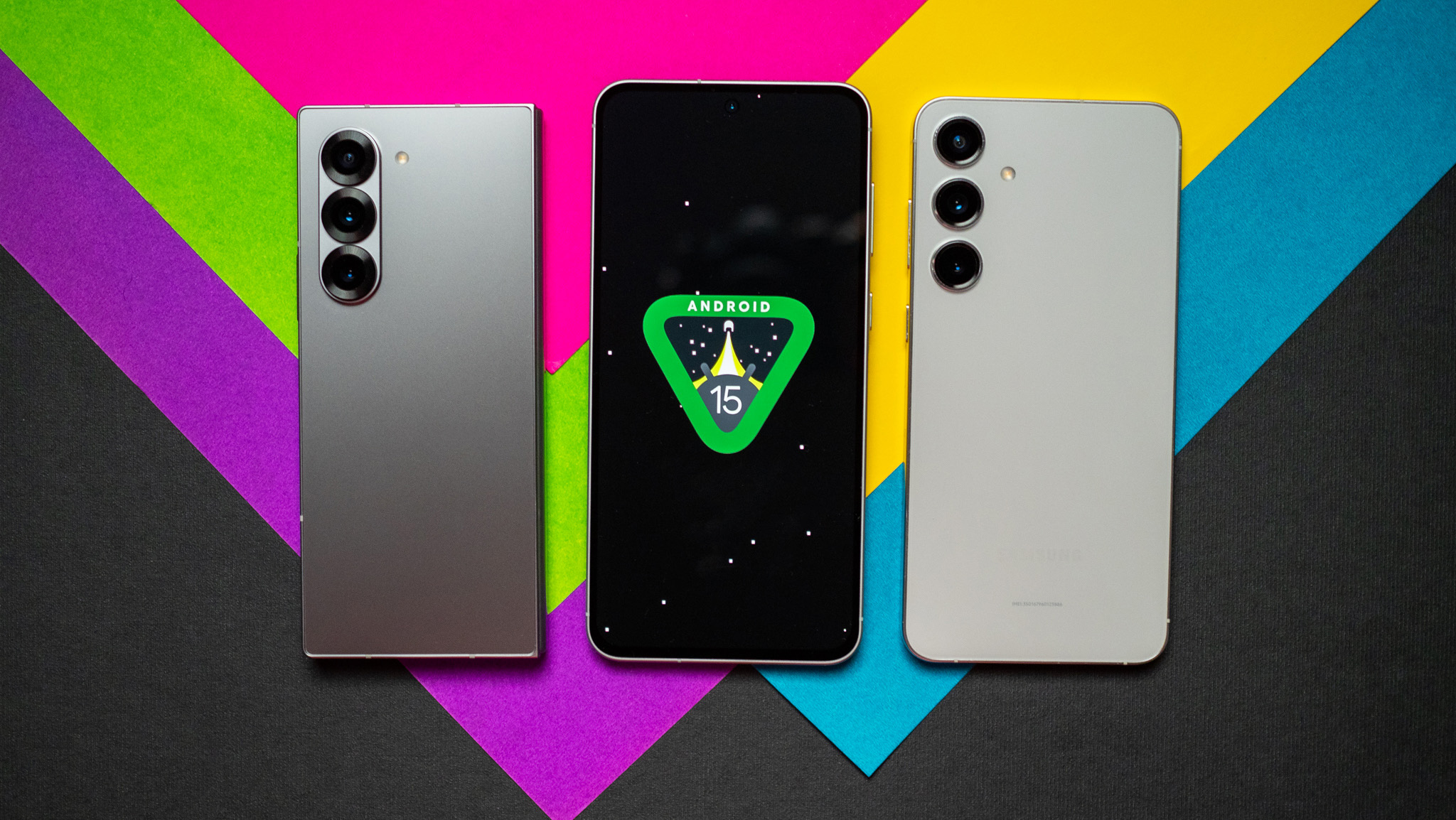
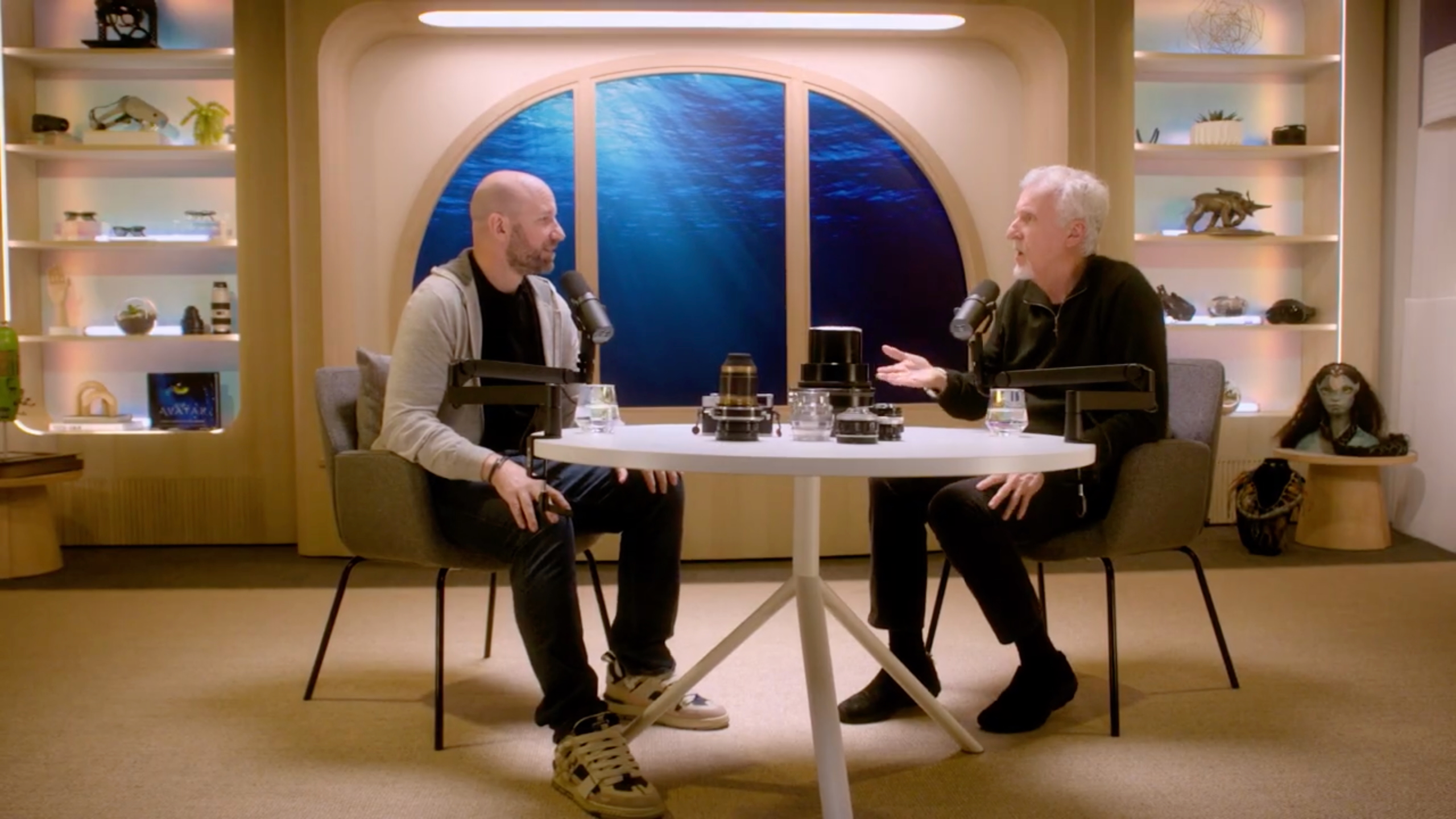
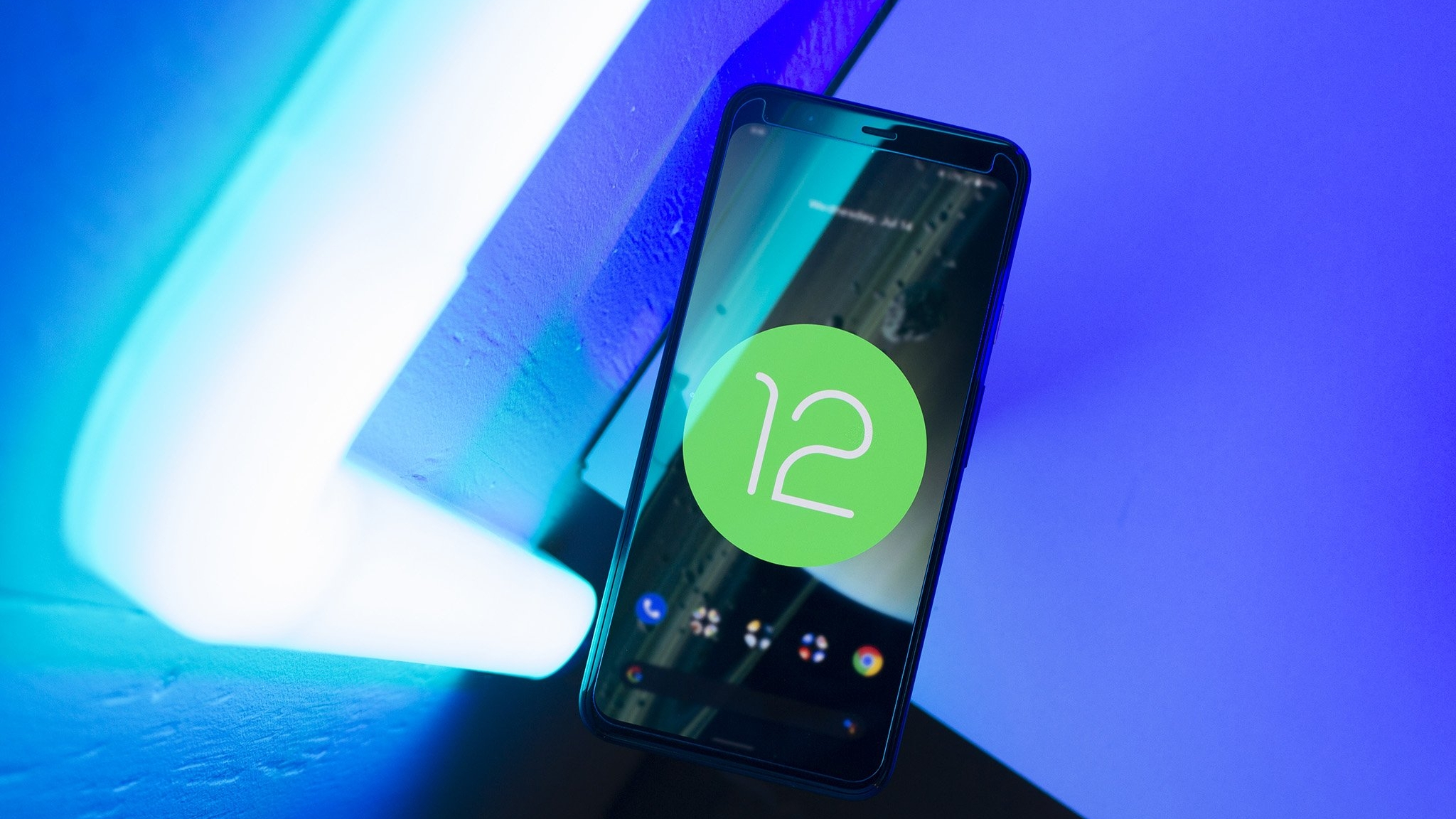
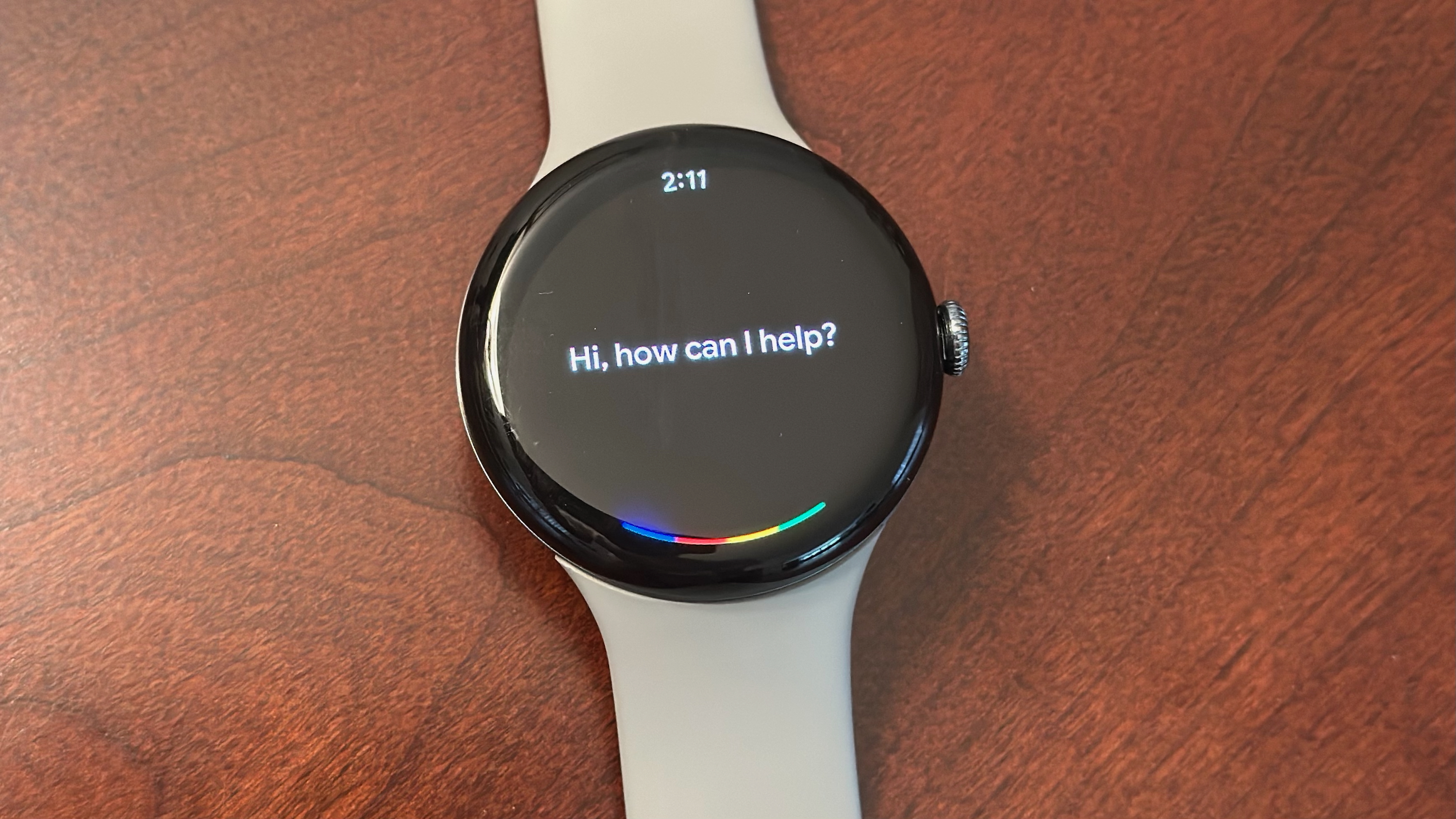
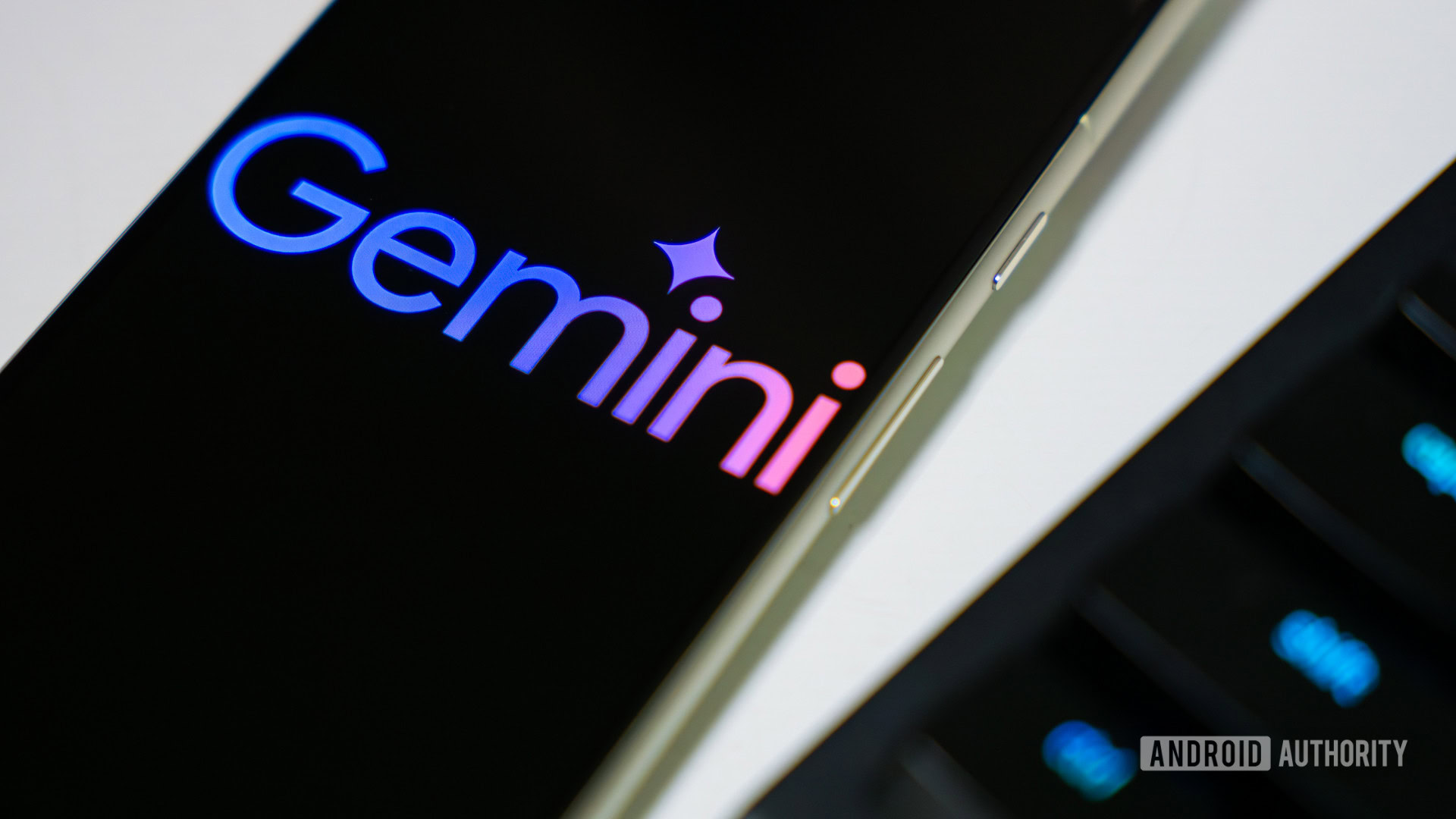
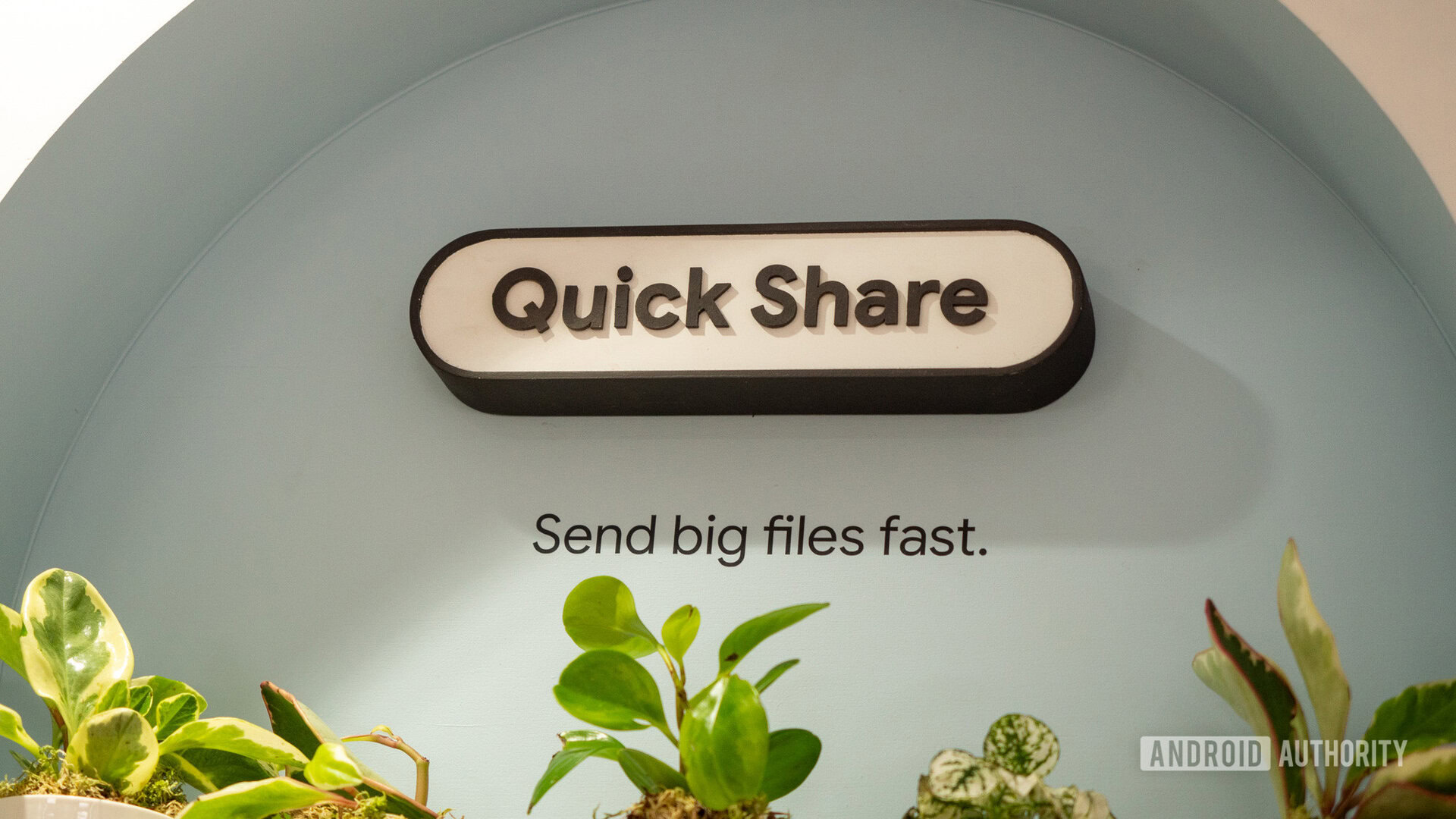





![[Fixed] Gemini app is failing to generate Audio Overviews](https://i0.wp.com/9to5google.com/wp-content/uploads/sites/4/2025/03/Gemini-Audio-Overview-cover.jpg?resize=1200%2C628&quality=82&strip=all&ssl=1)

![What’s new in Android’s April 2025 Google System Updates [U: 4/14]](https://i0.wp.com/9to5google.com/wp-content/uploads/sites/4/2025/01/google-play-services-3.jpg?resize=1200%2C628&quality=82&strip=all&ssl=1)












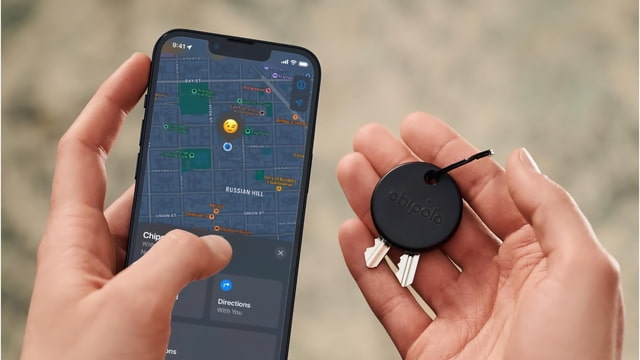
![Apple Seeds tvOS 18.5 Beta 2 to Developers [Download]](https://www.iclarified.com/images/news/97011/97011/97011-640.jpg)
![Apple Releases macOS Sequoia 15.5 Beta 2 to Developers [Download]](https://www.iclarified.com/images/news/97014/97014/97014-640.jpg)



